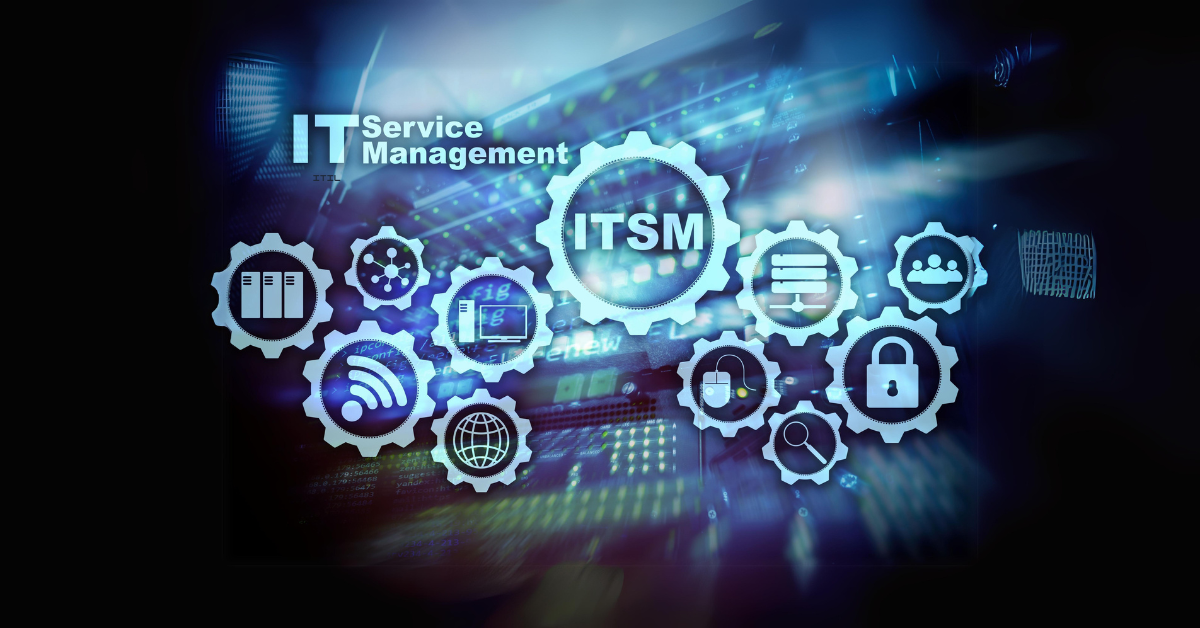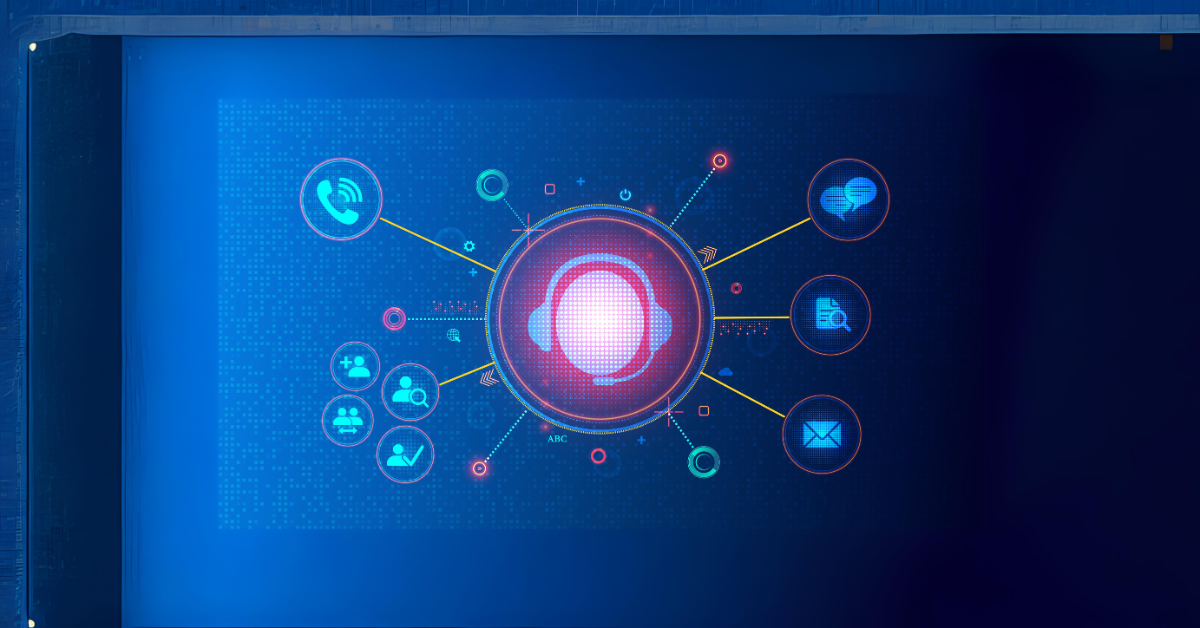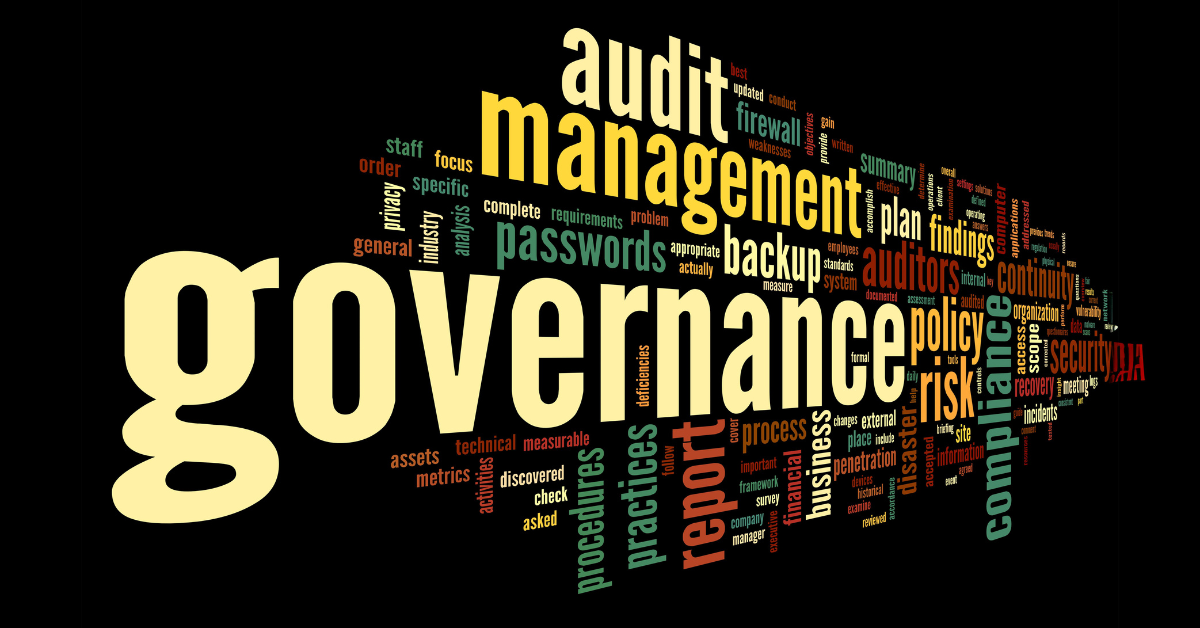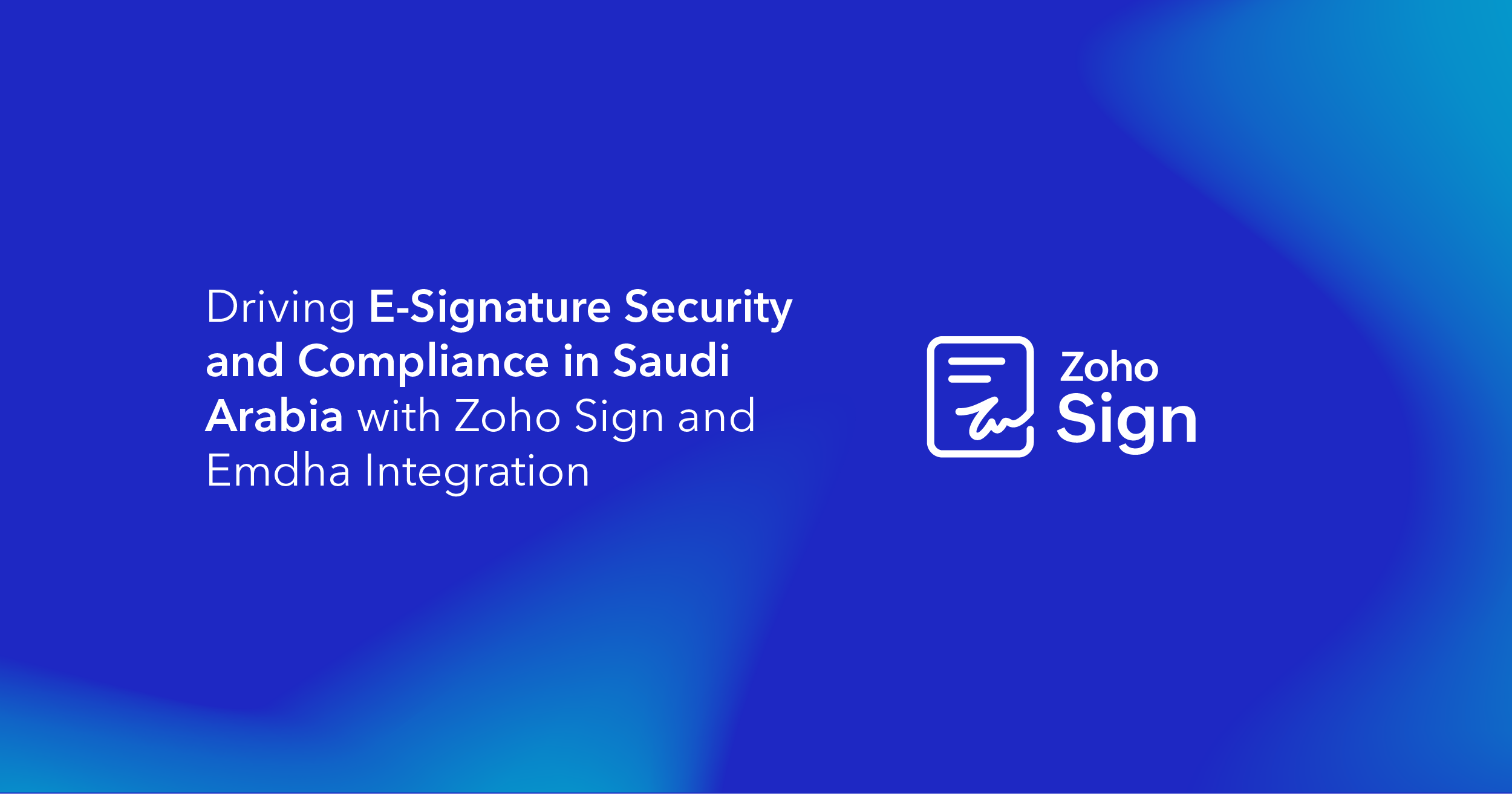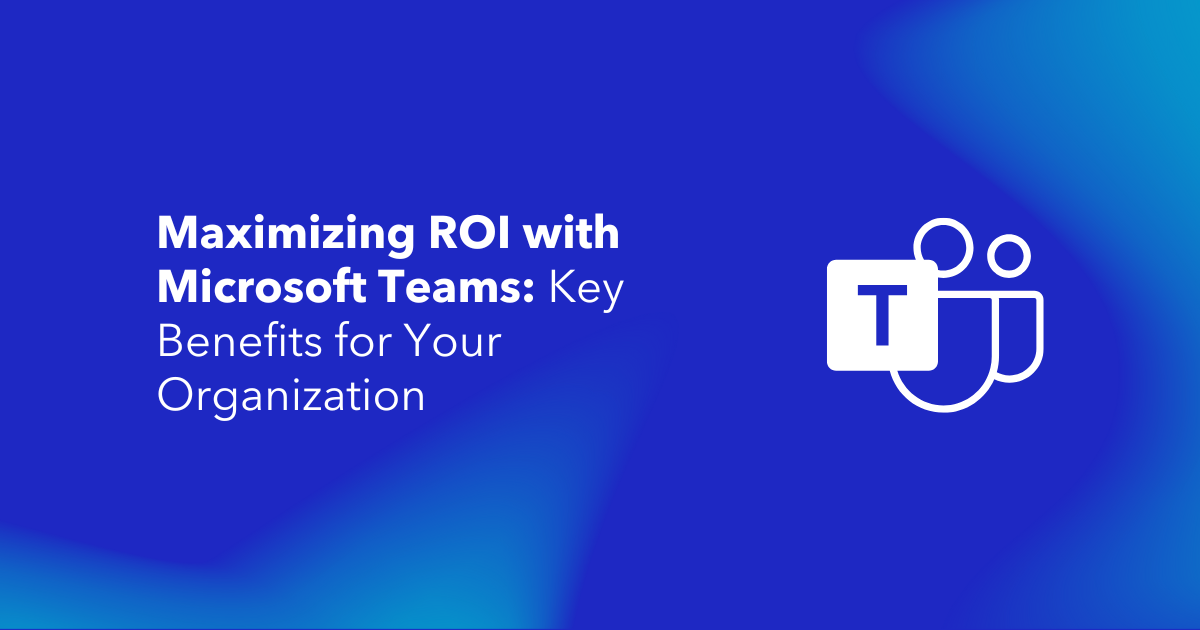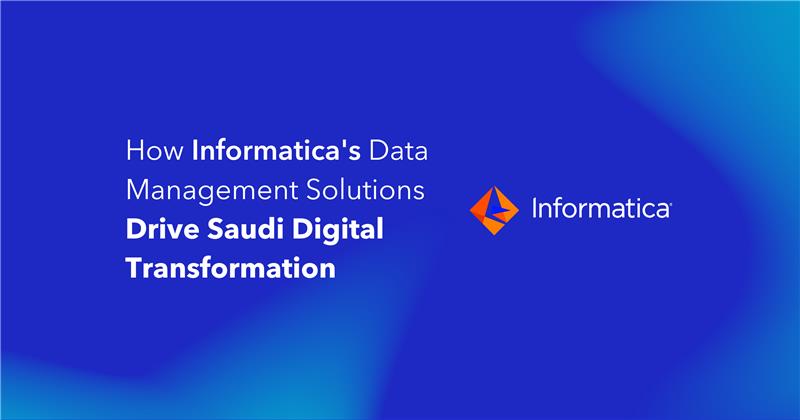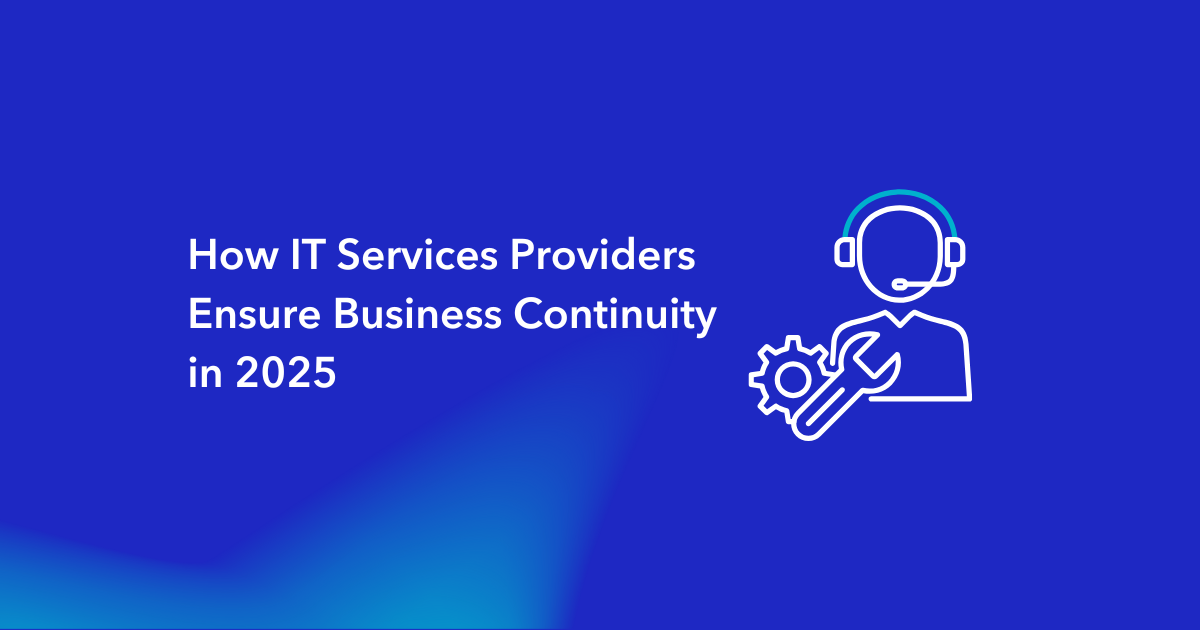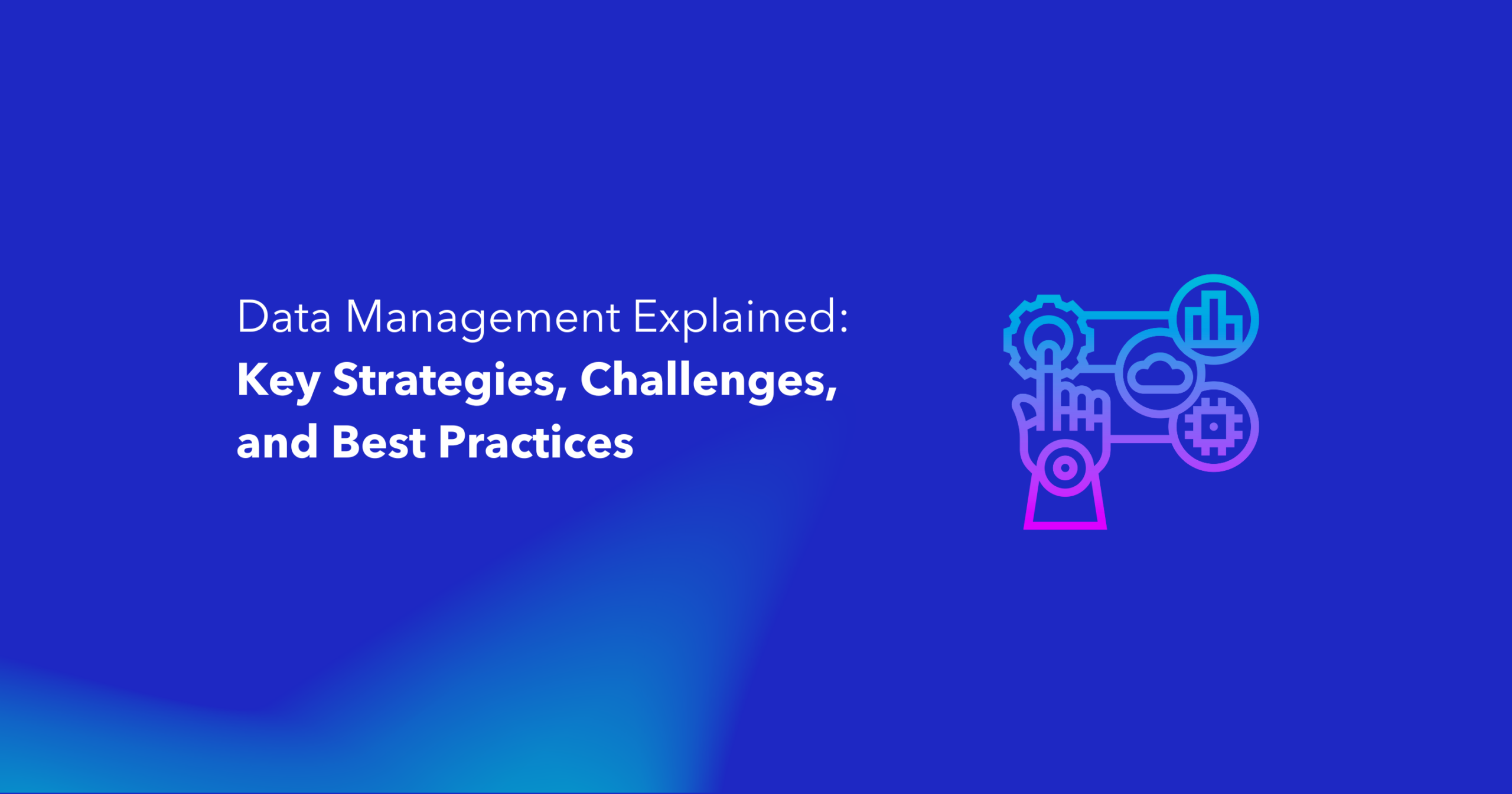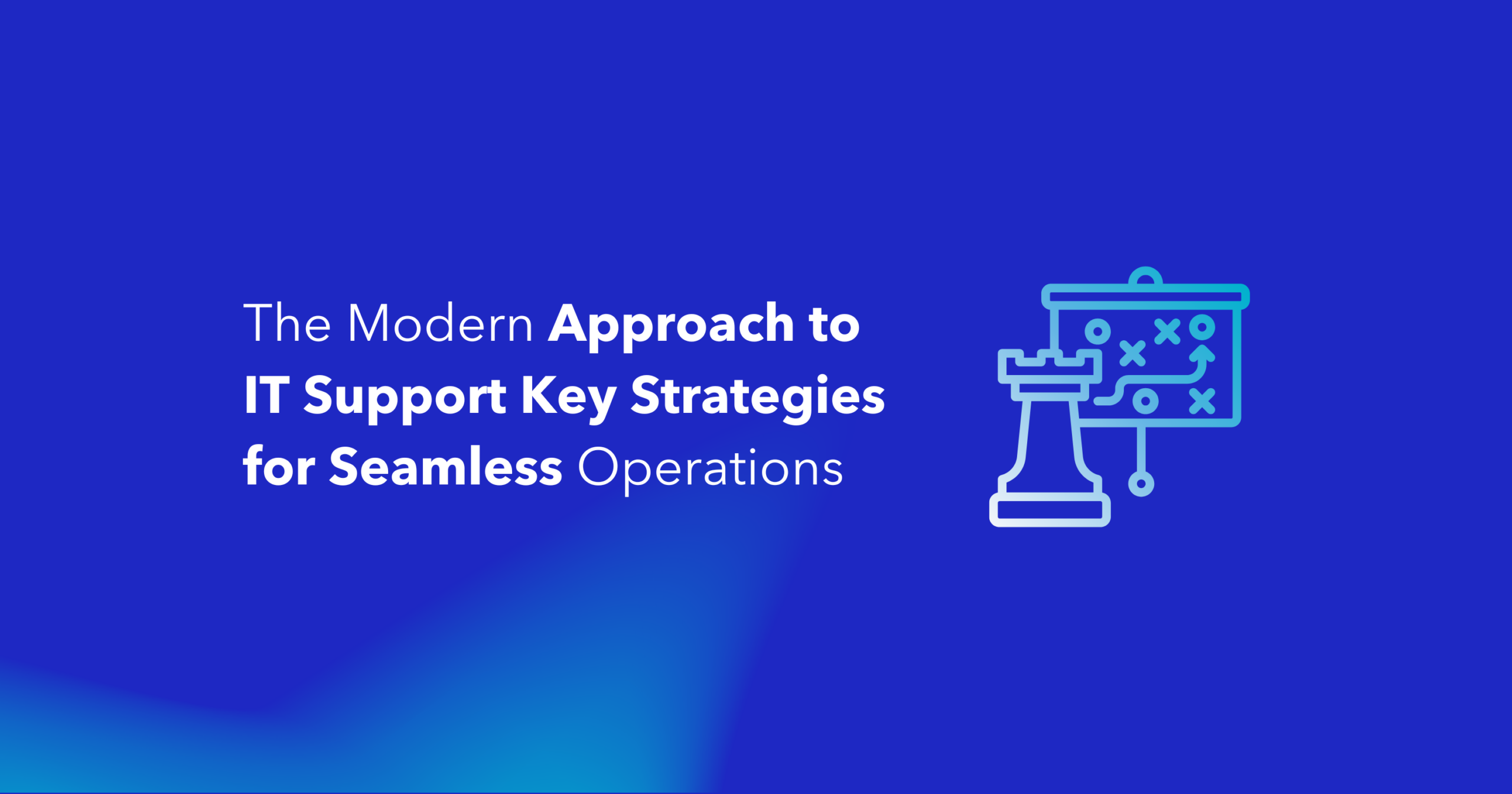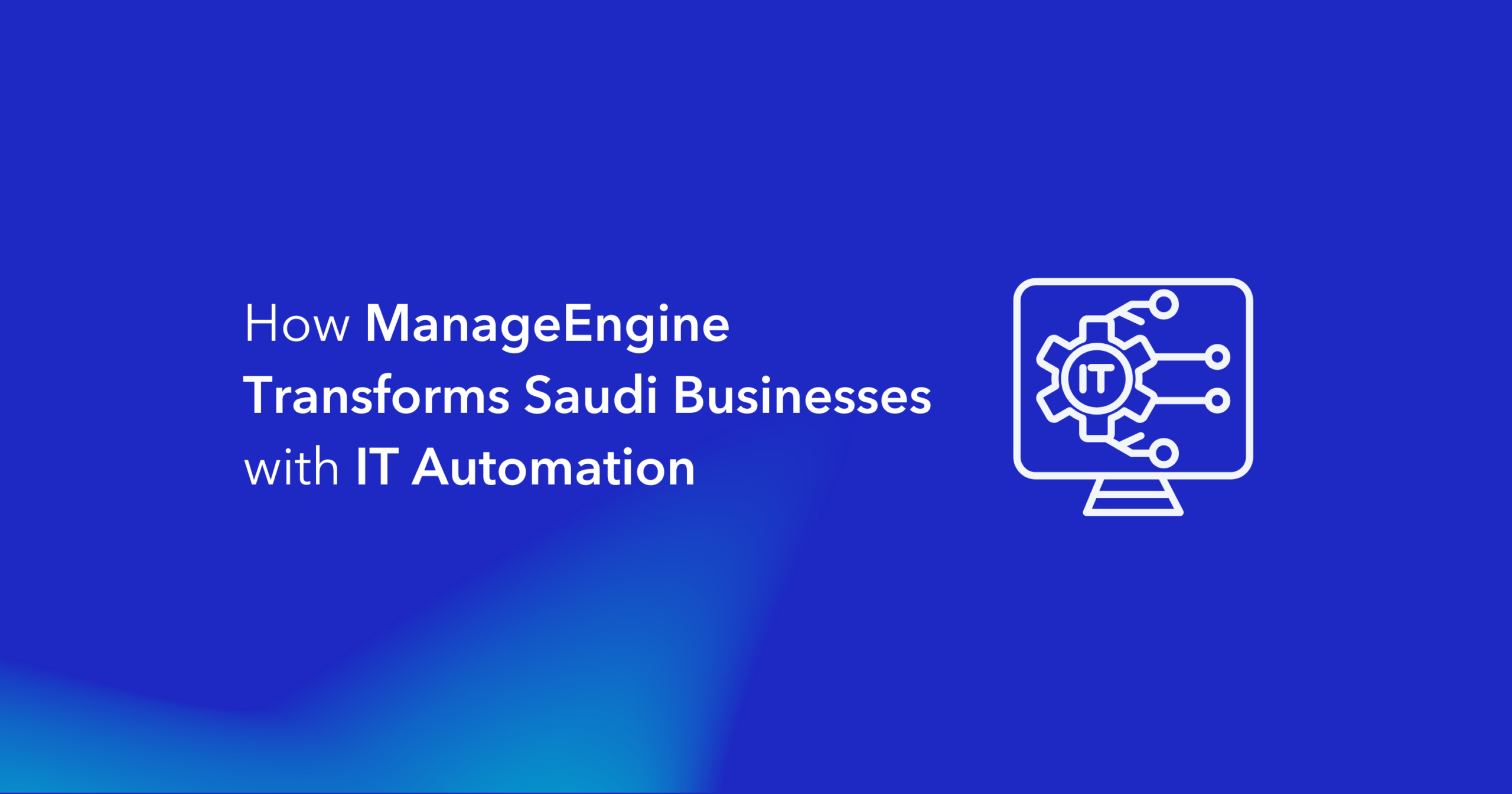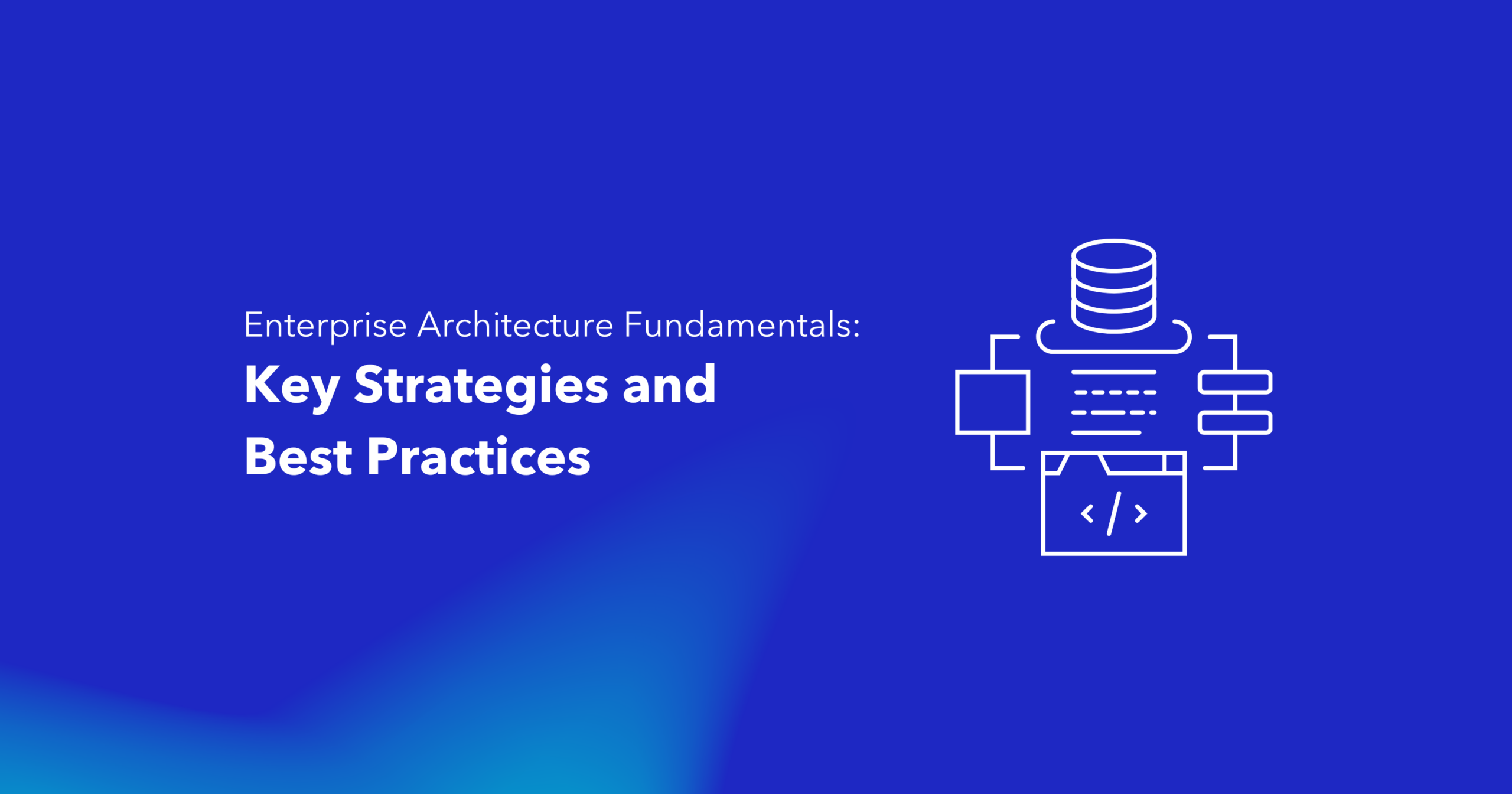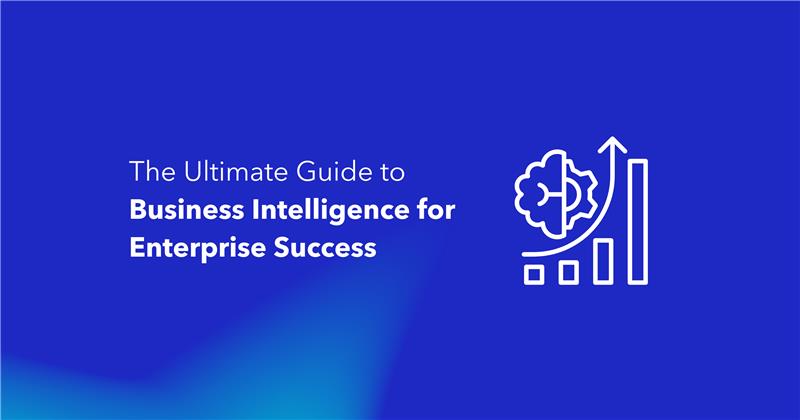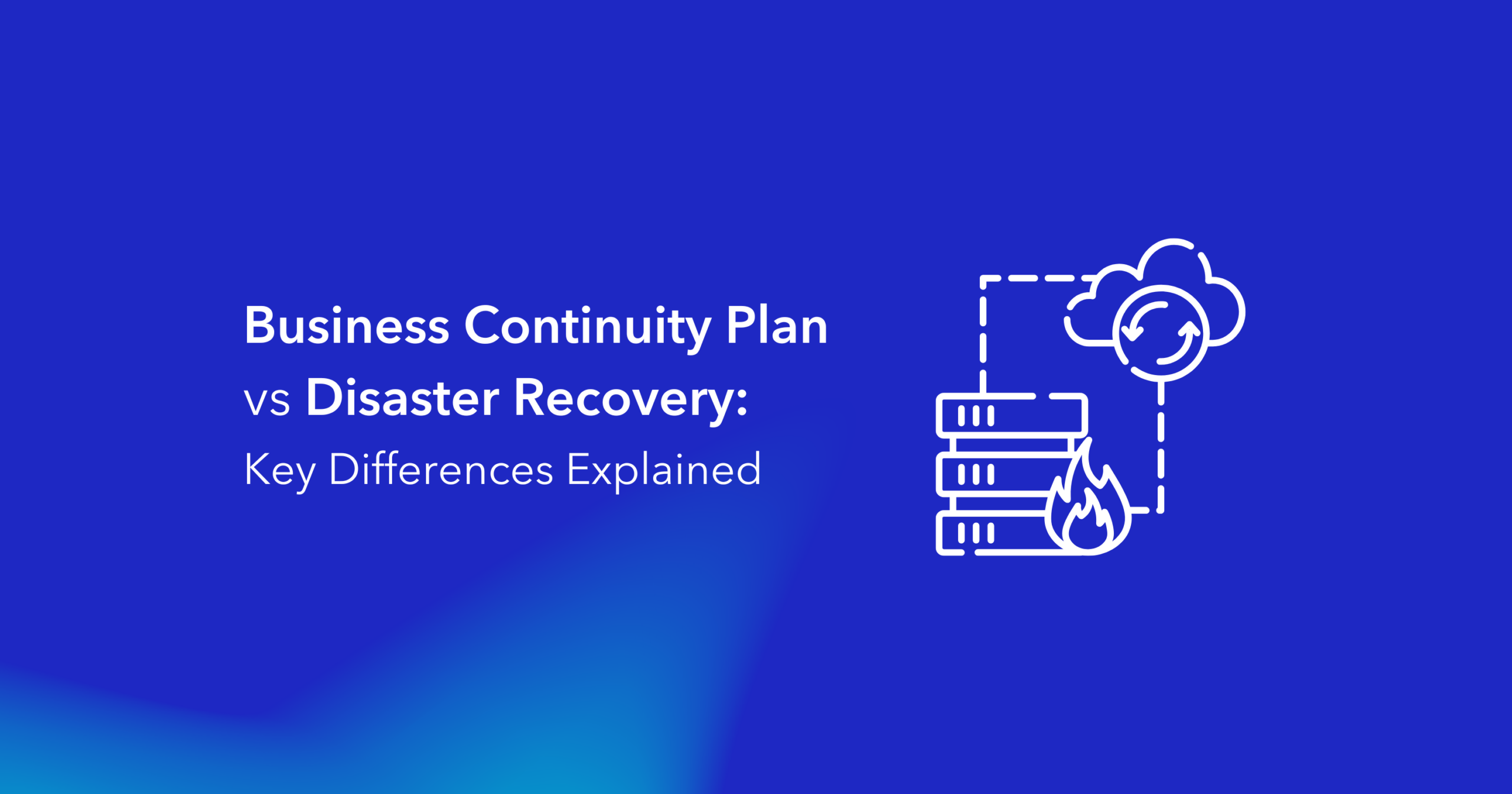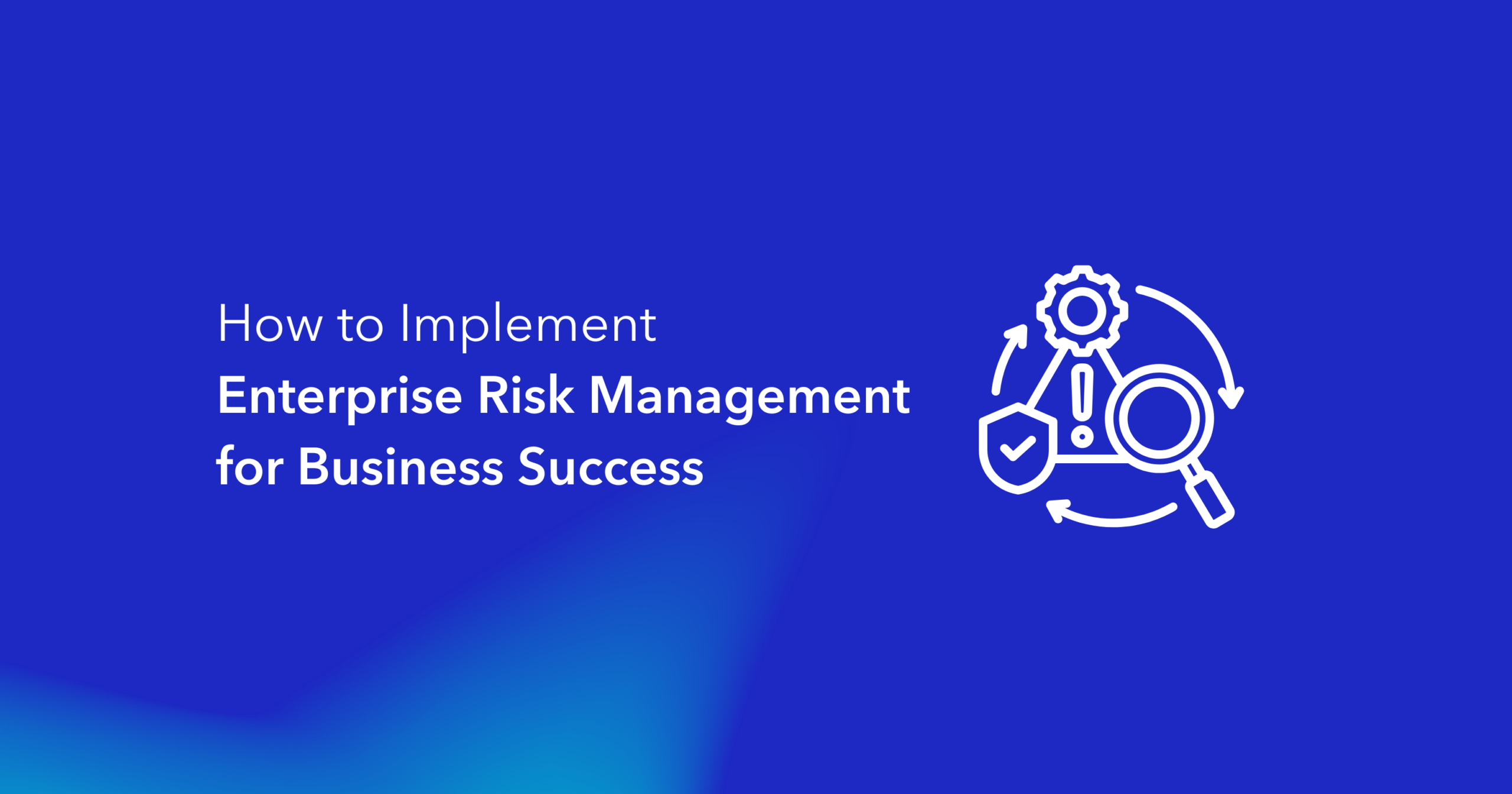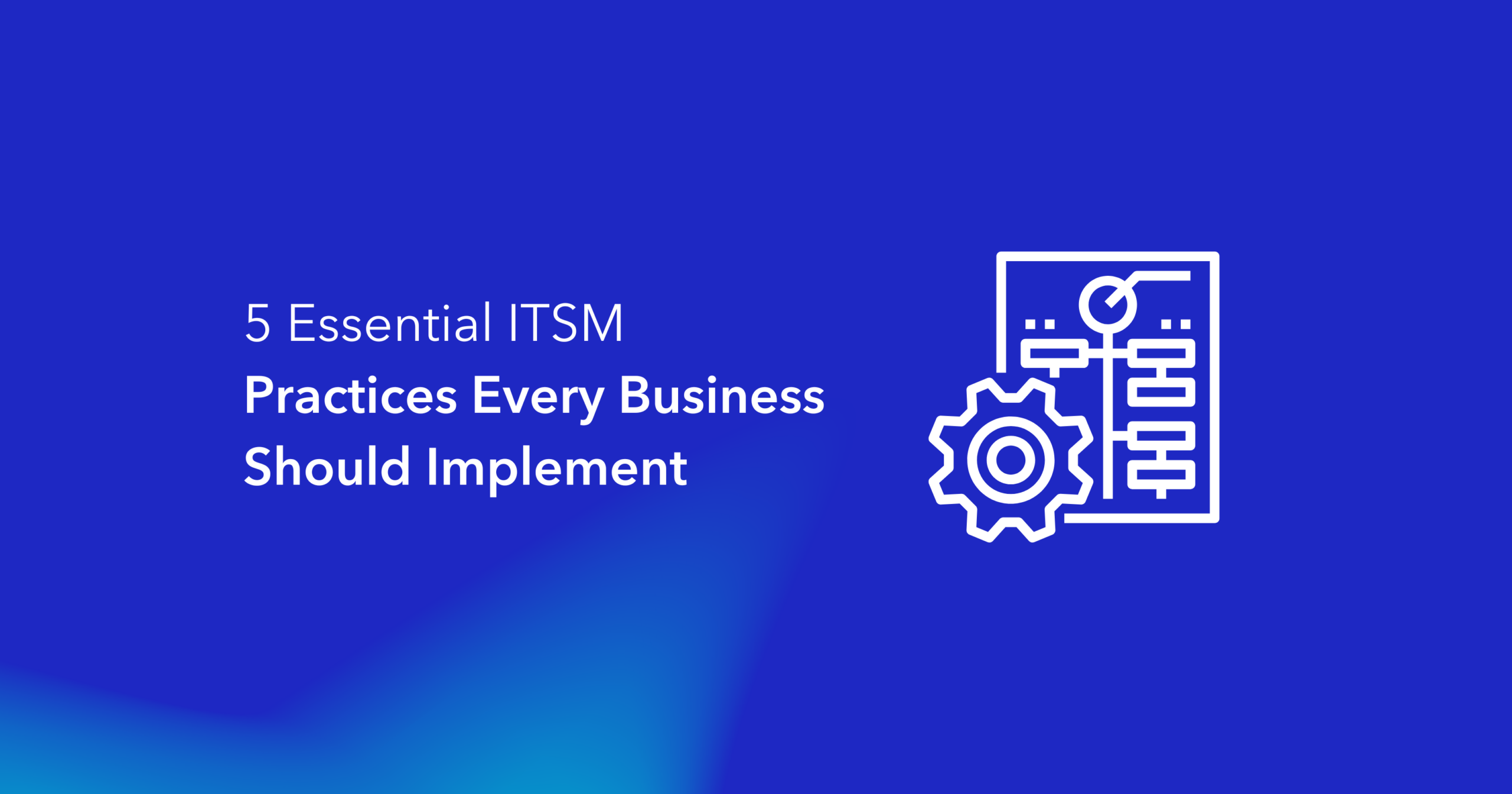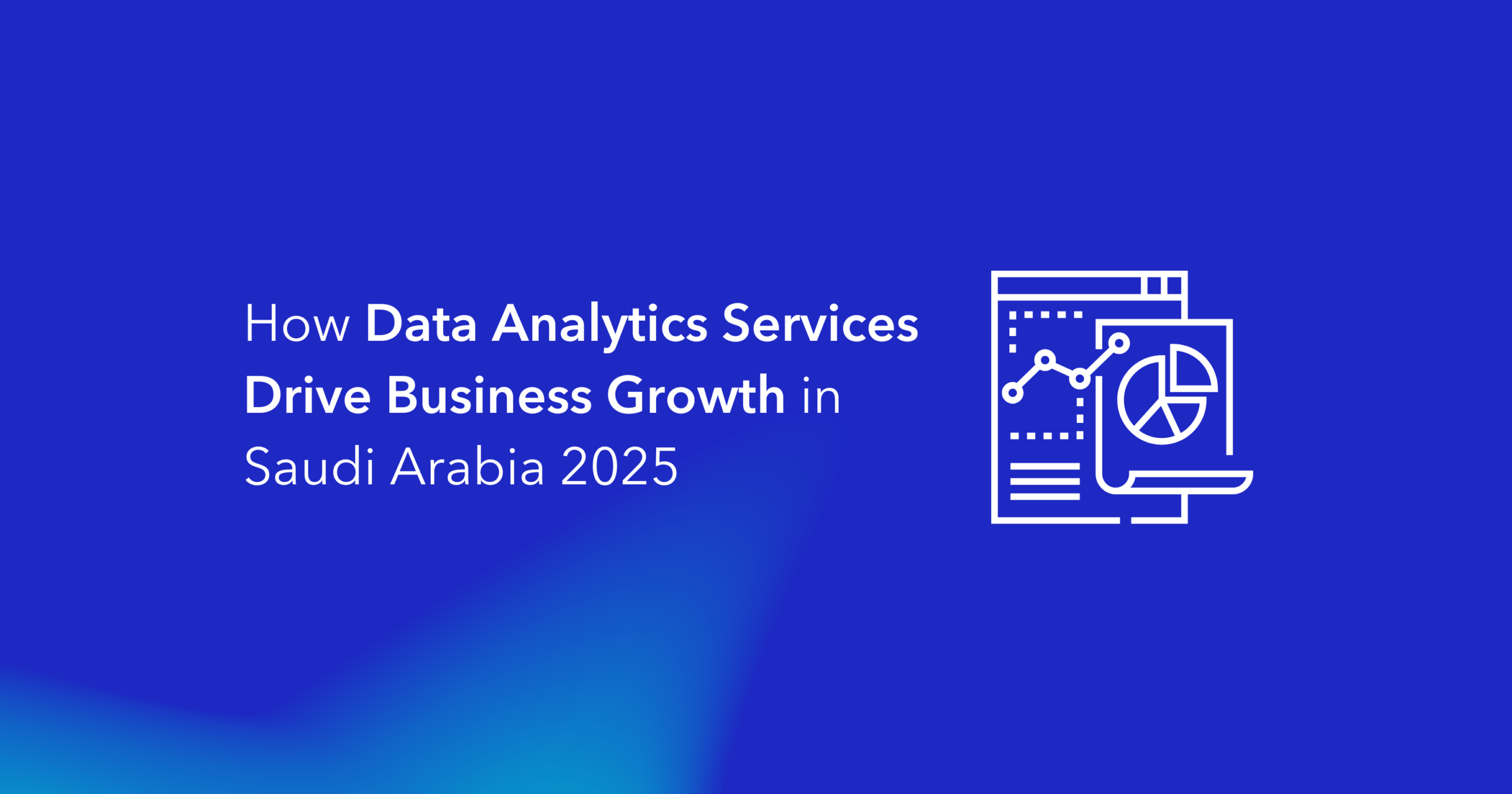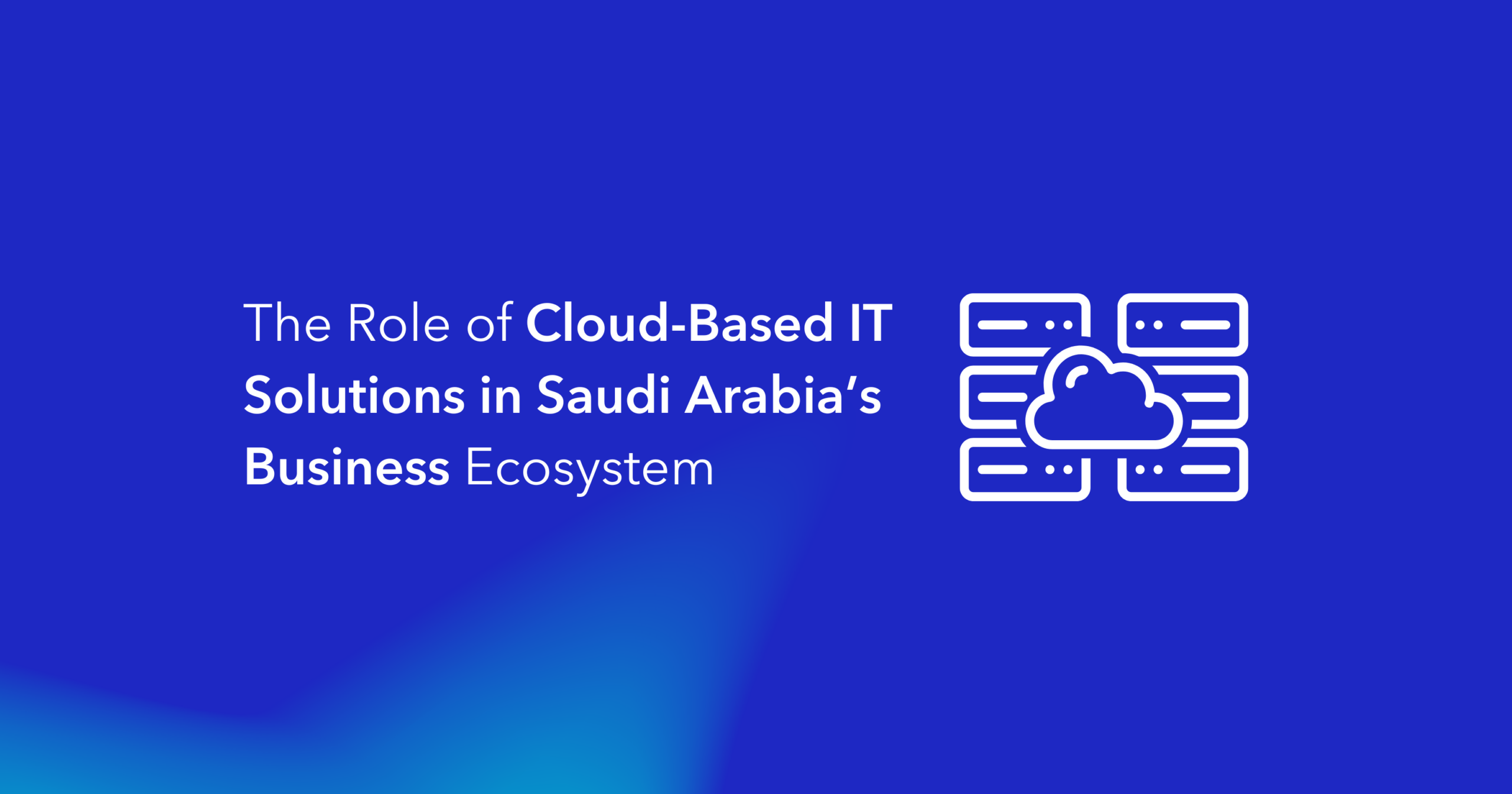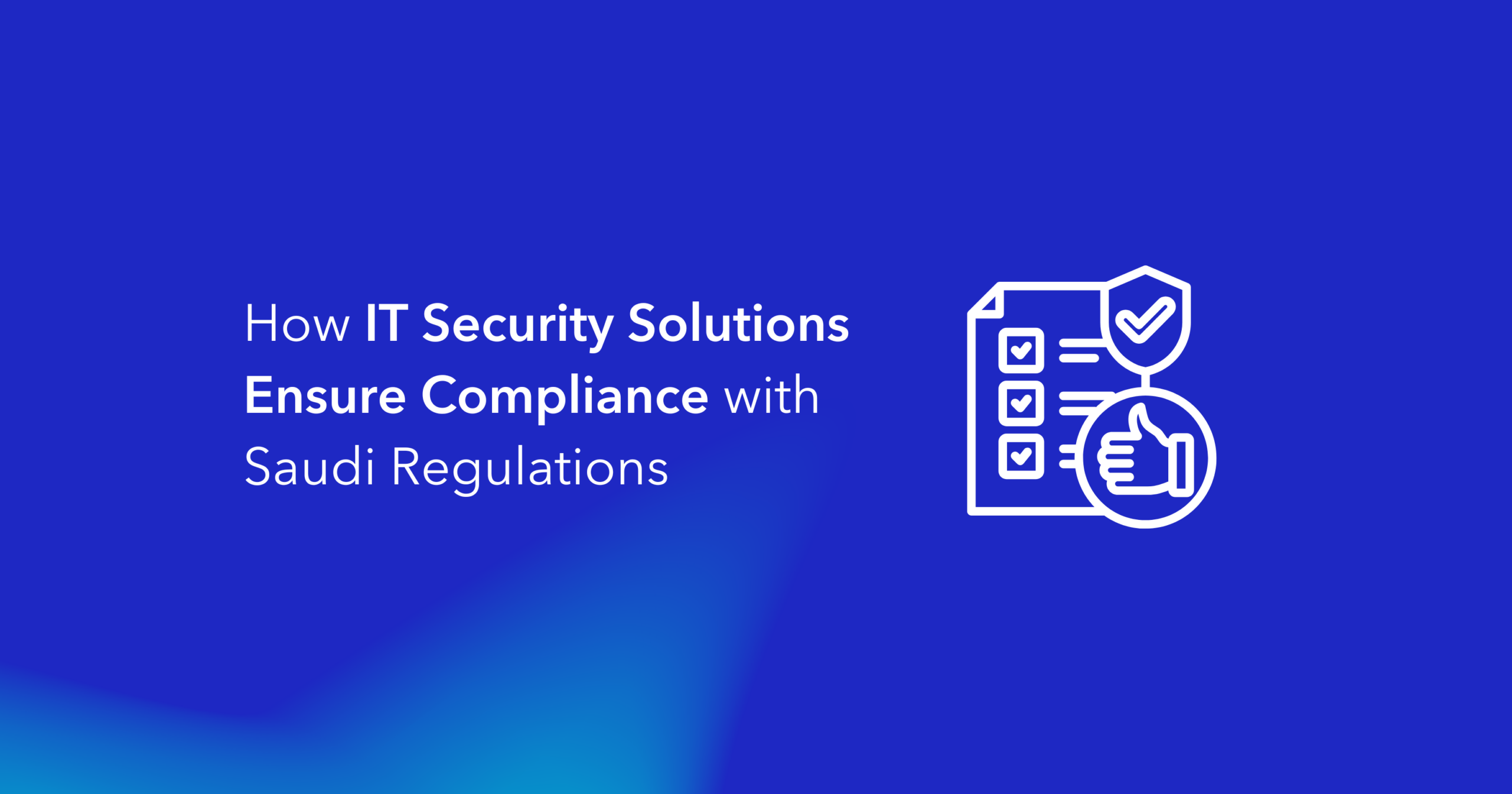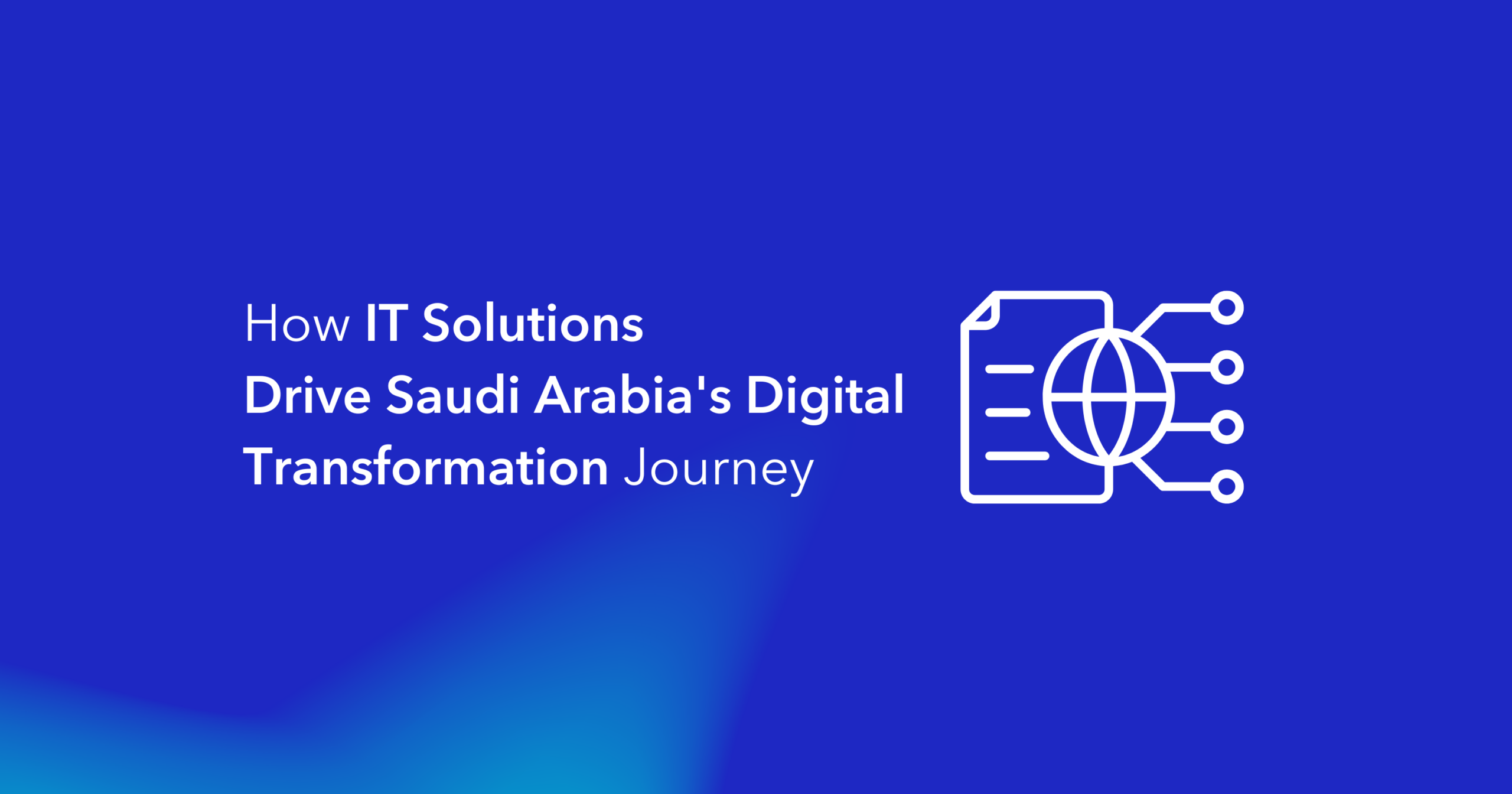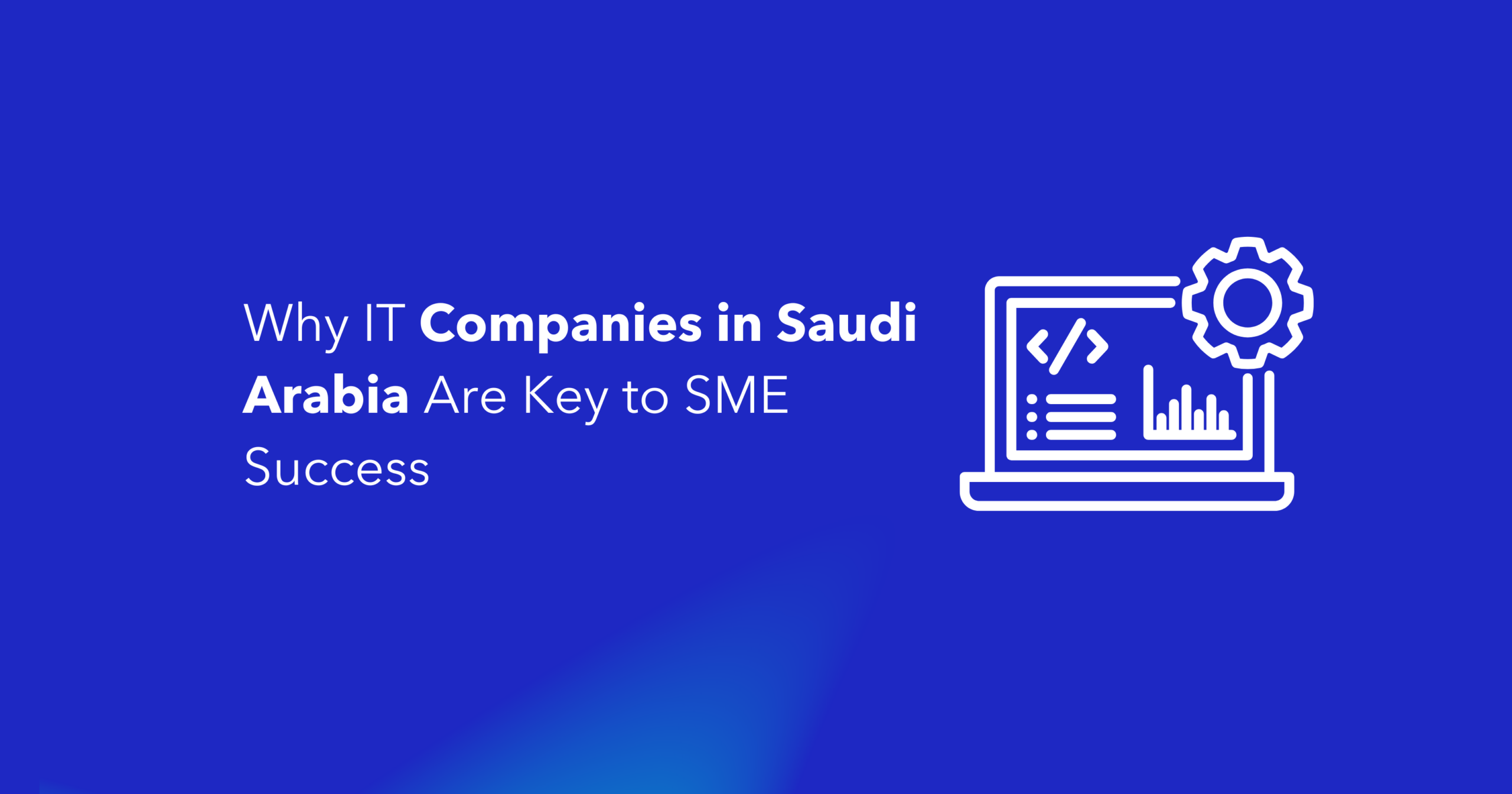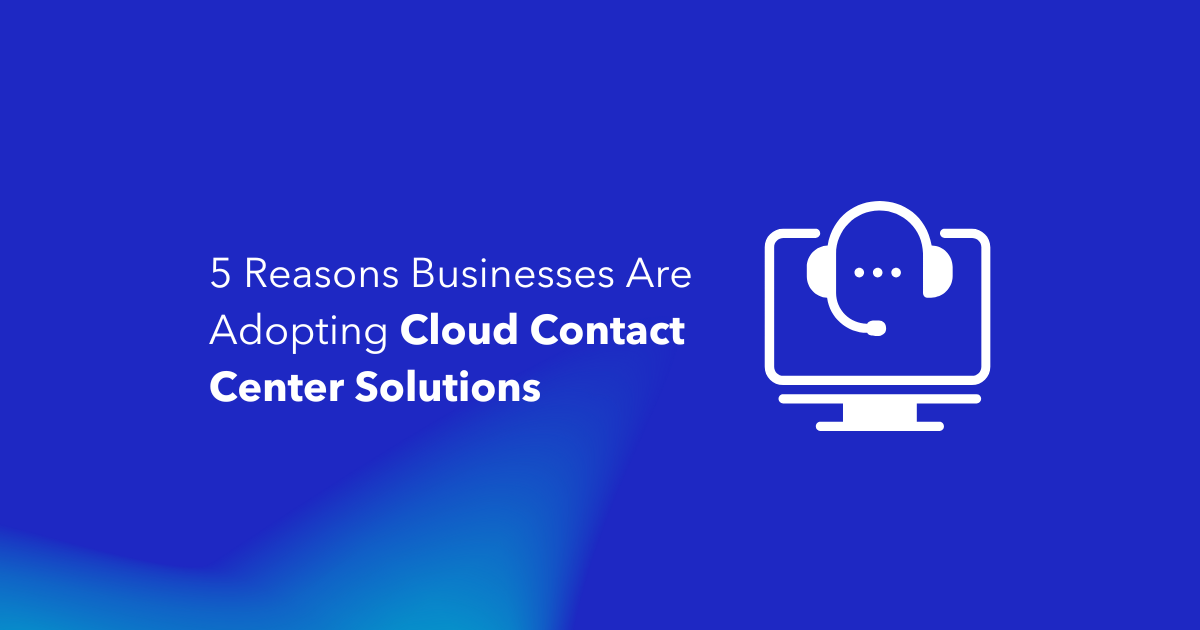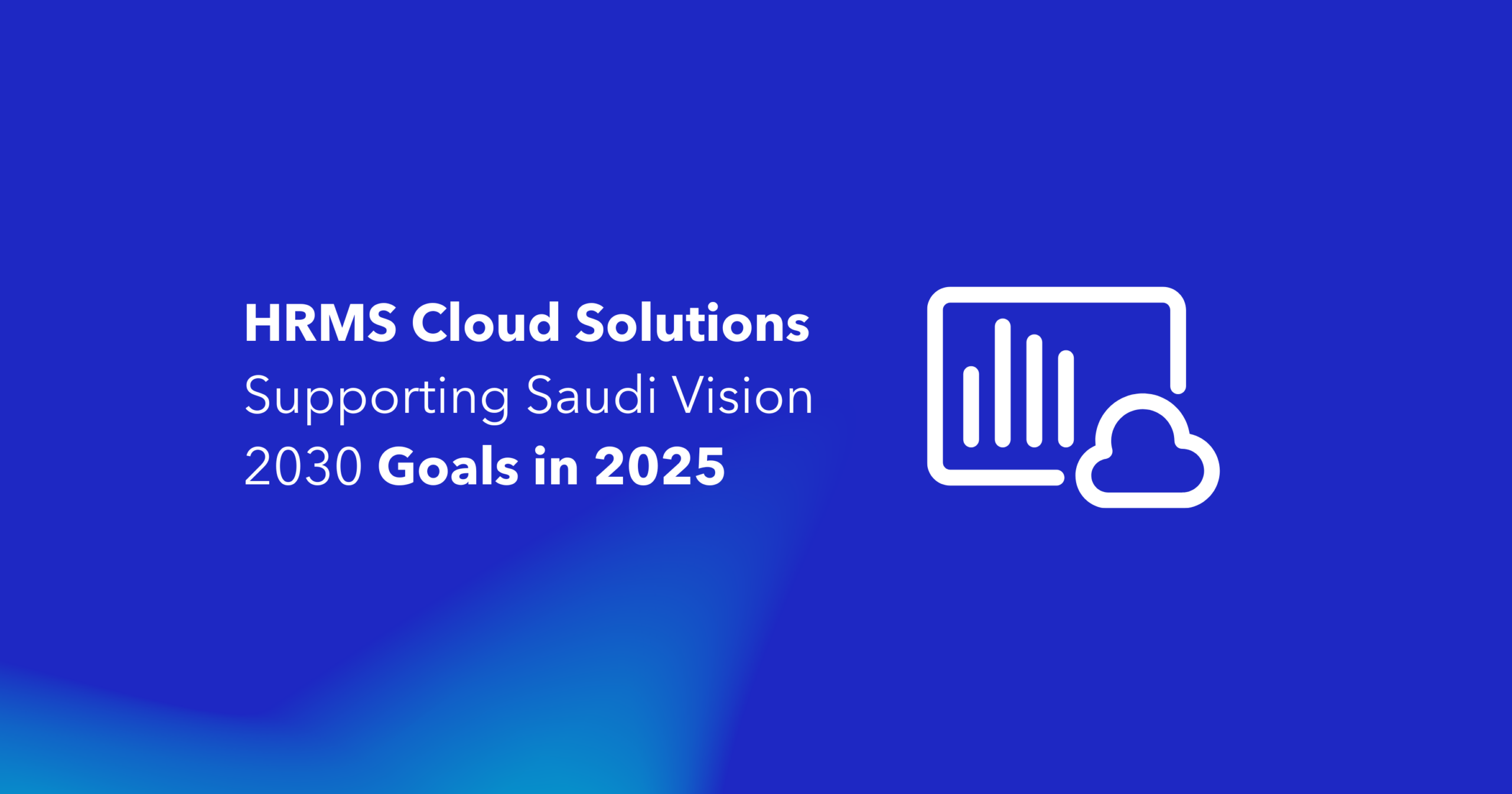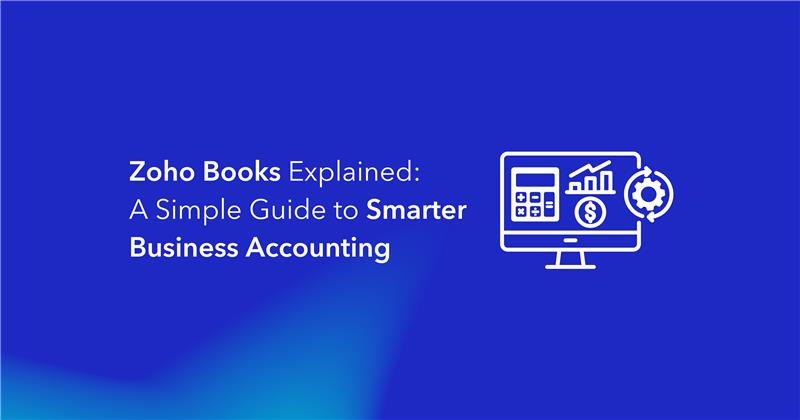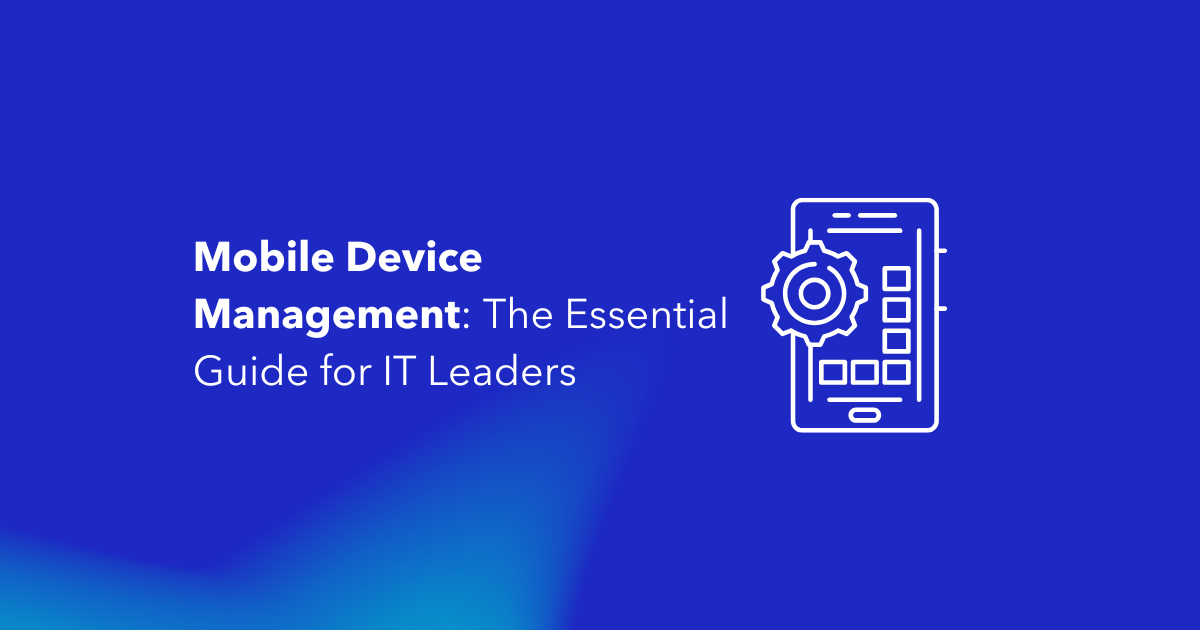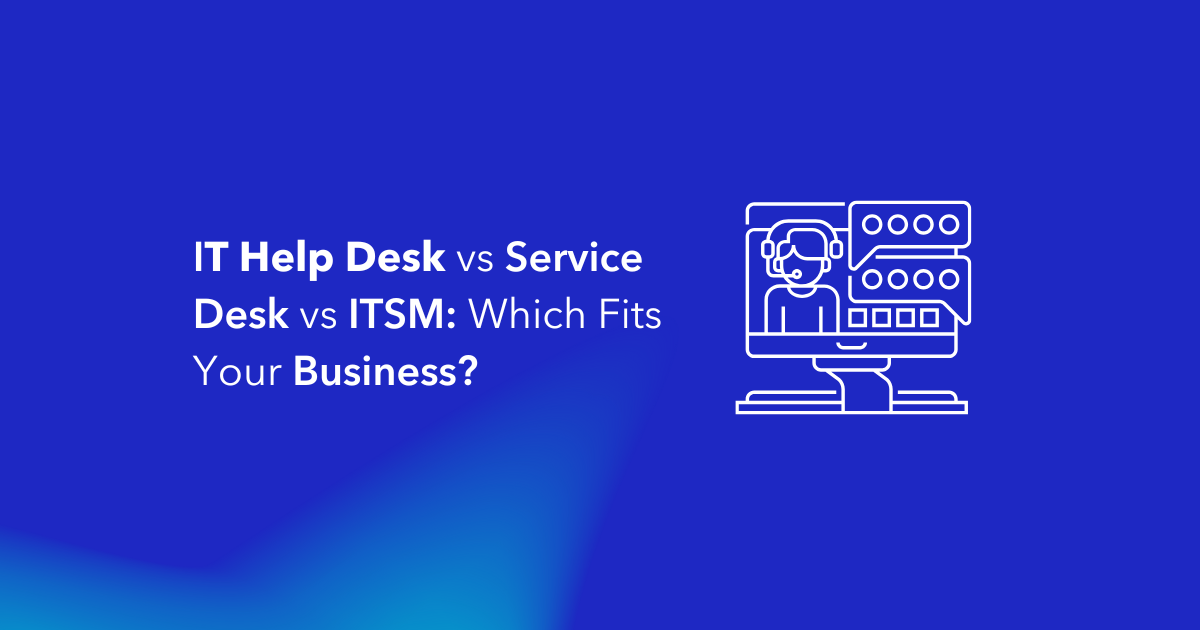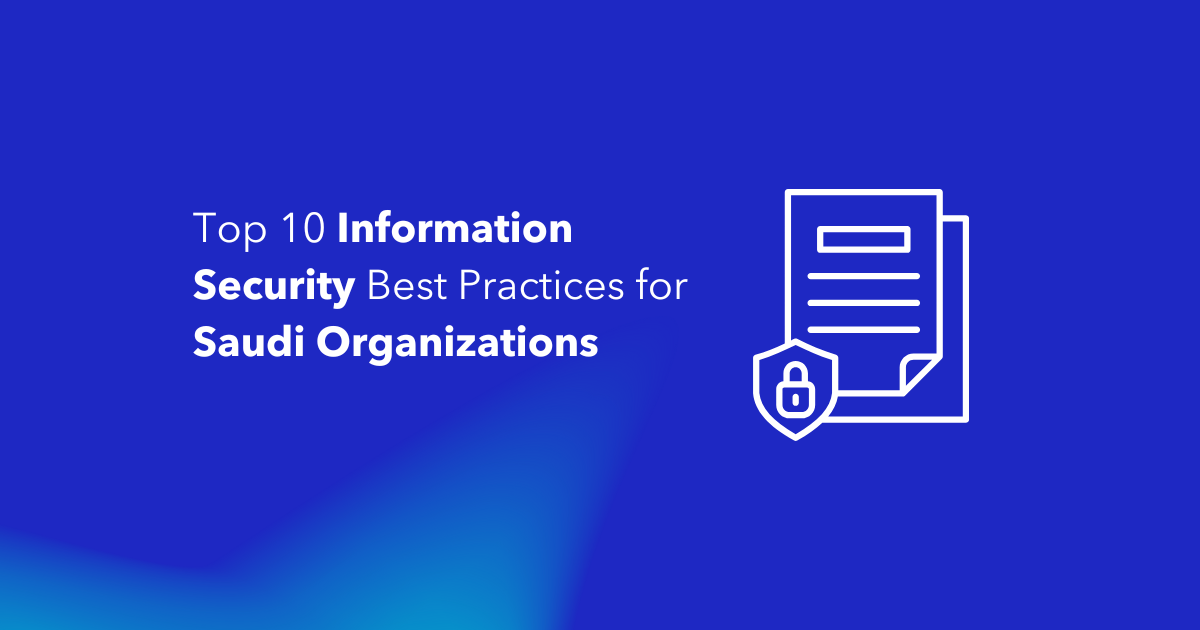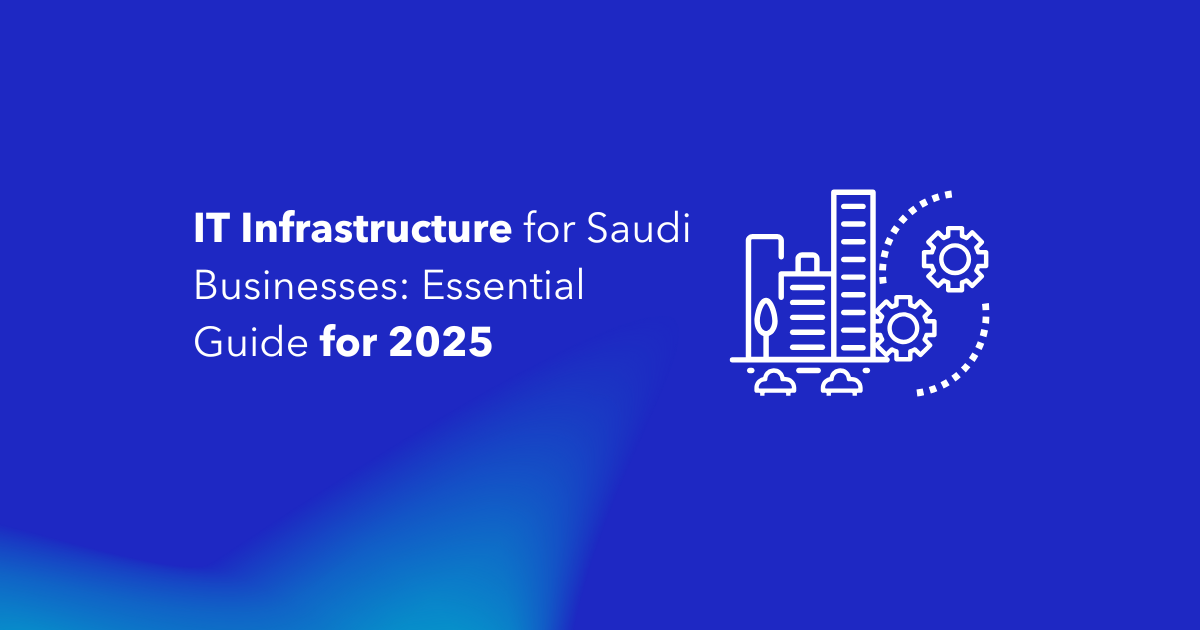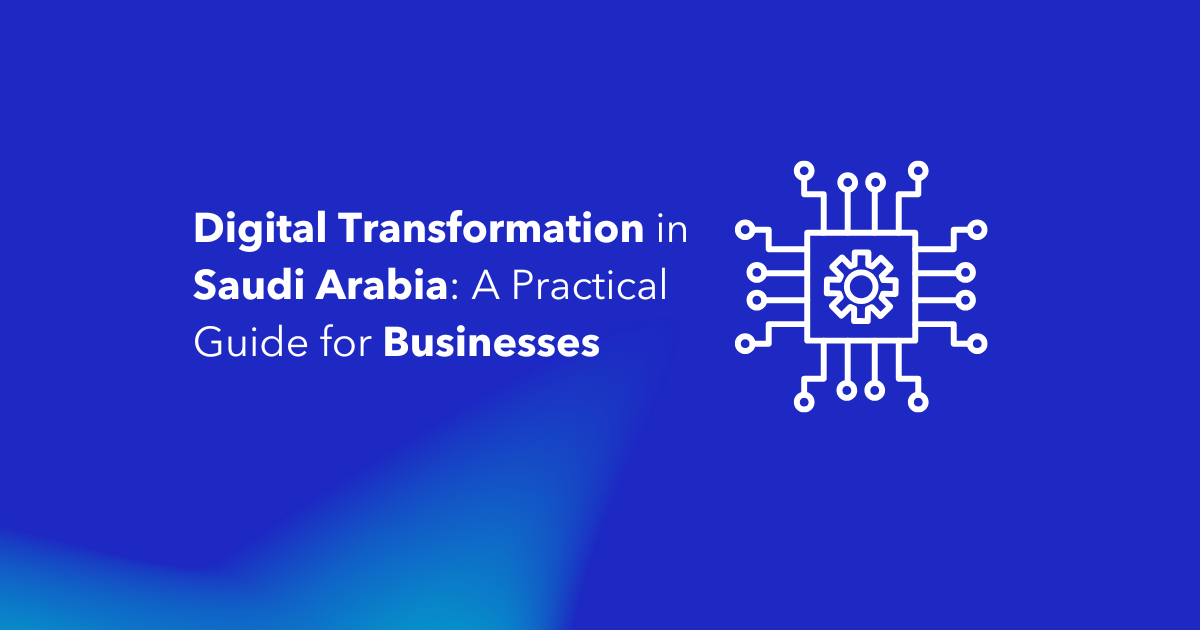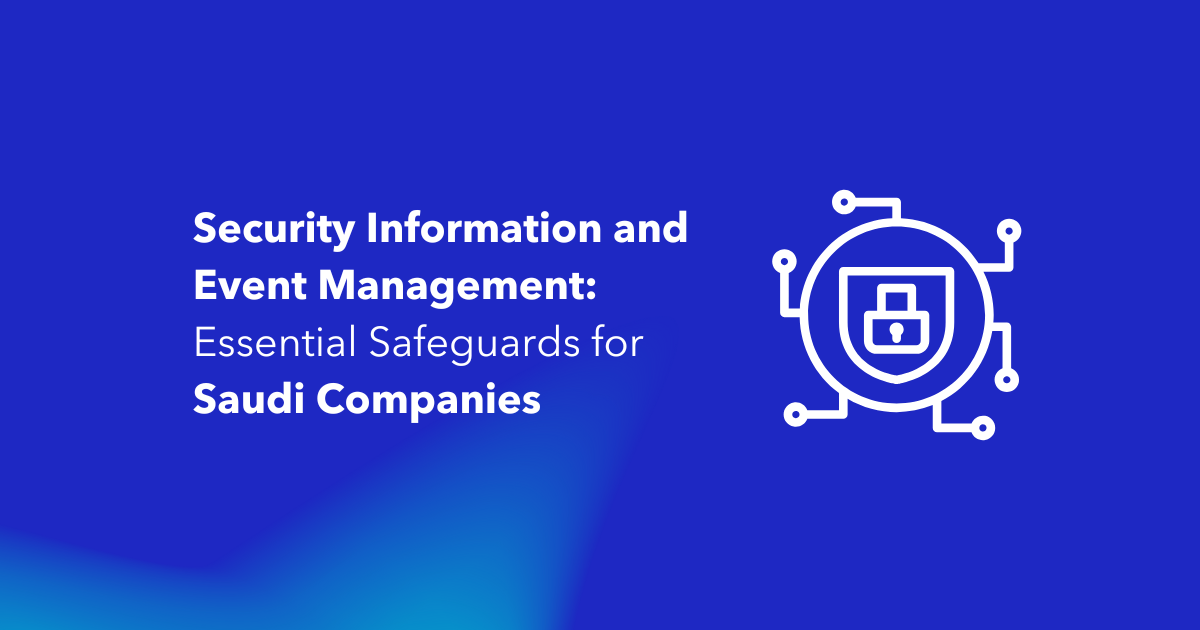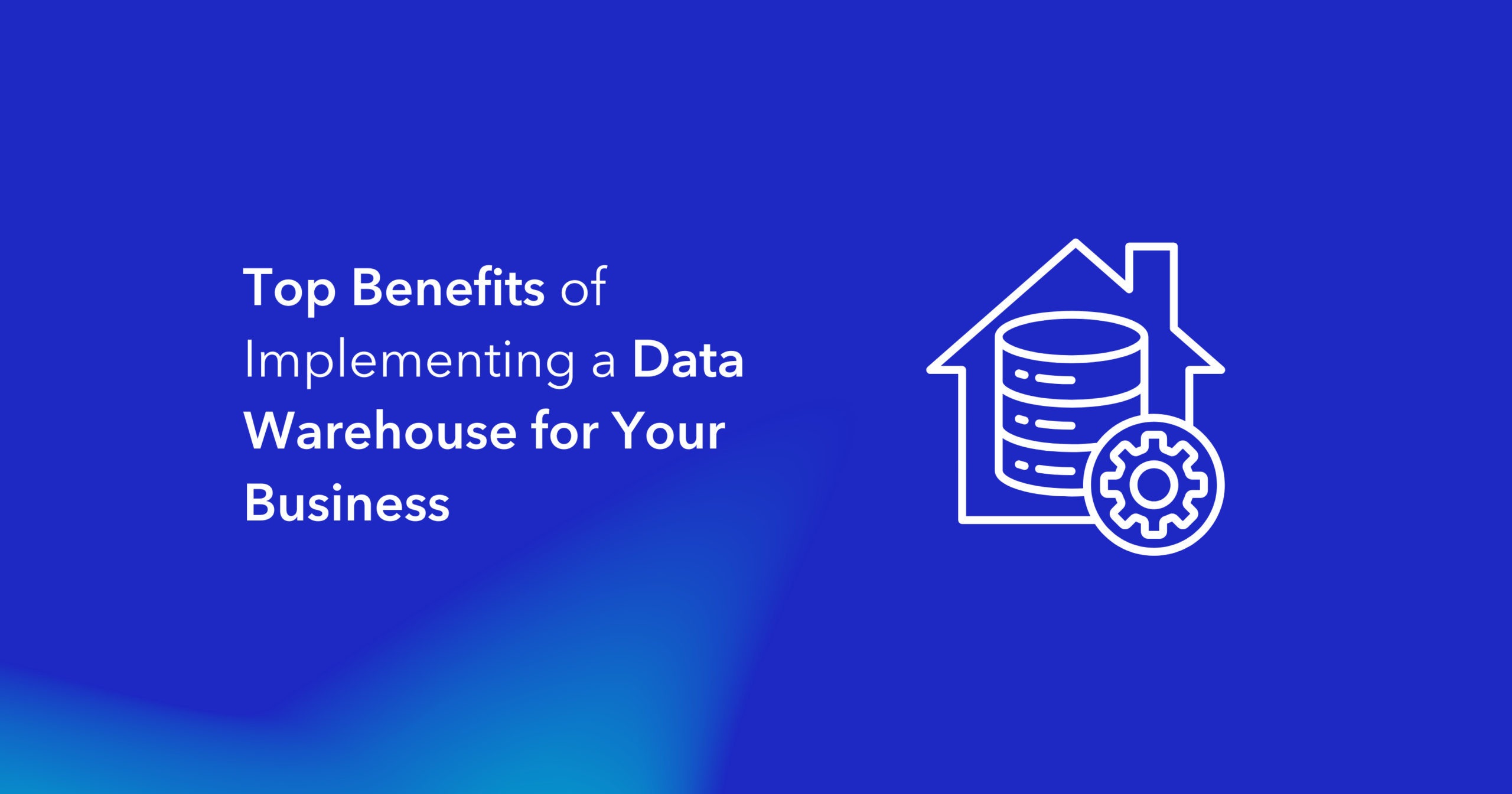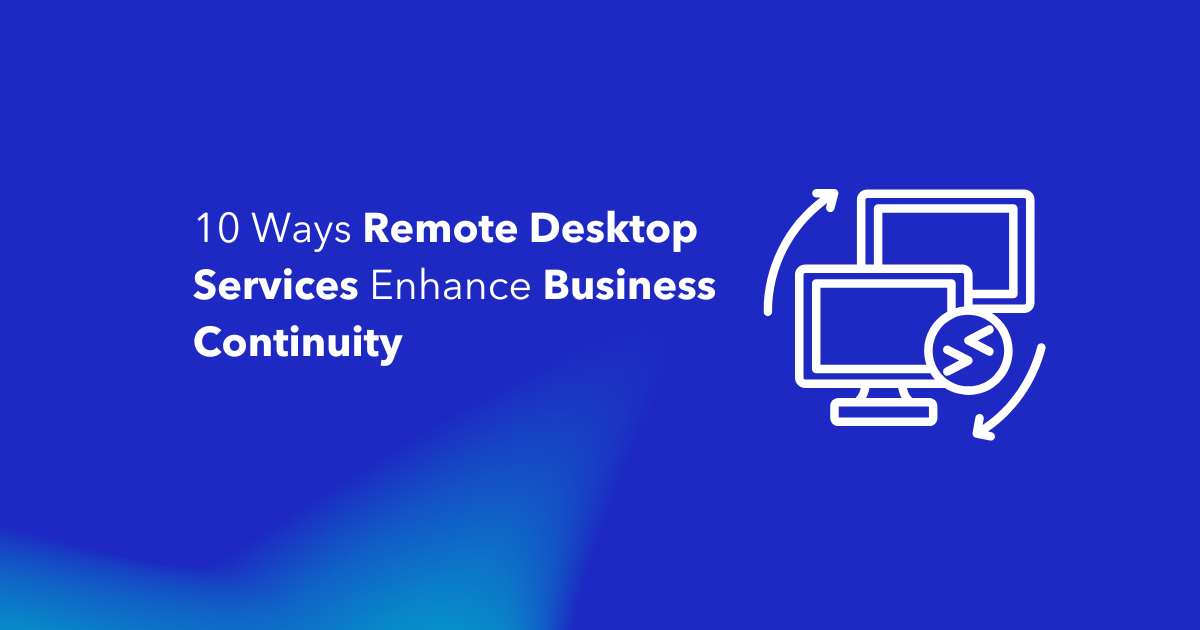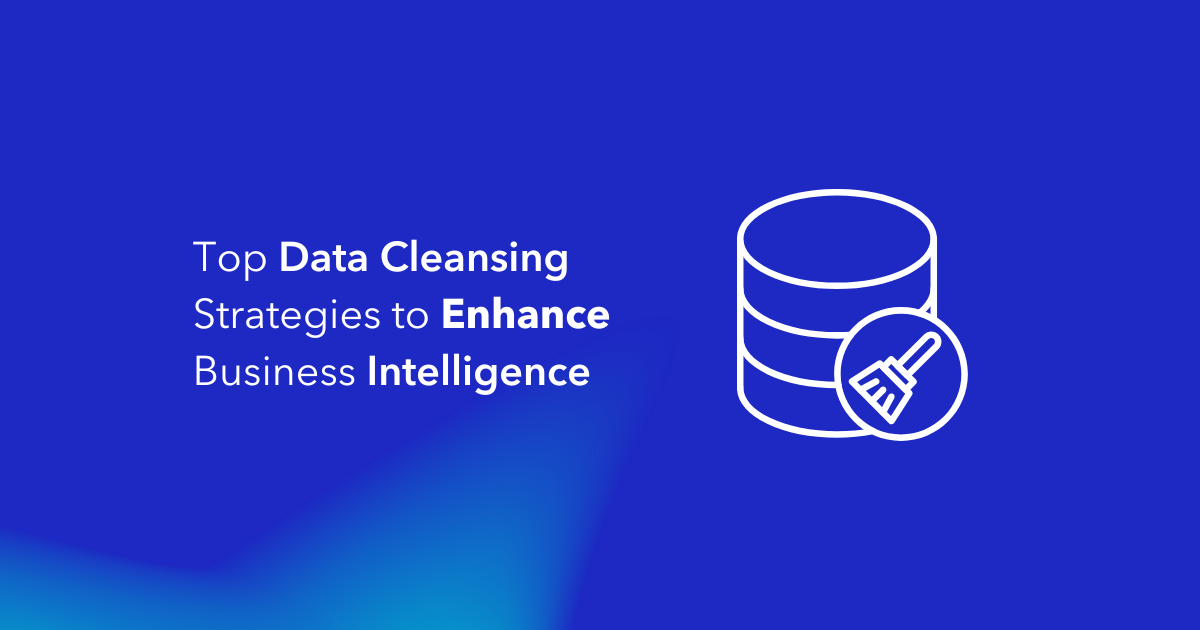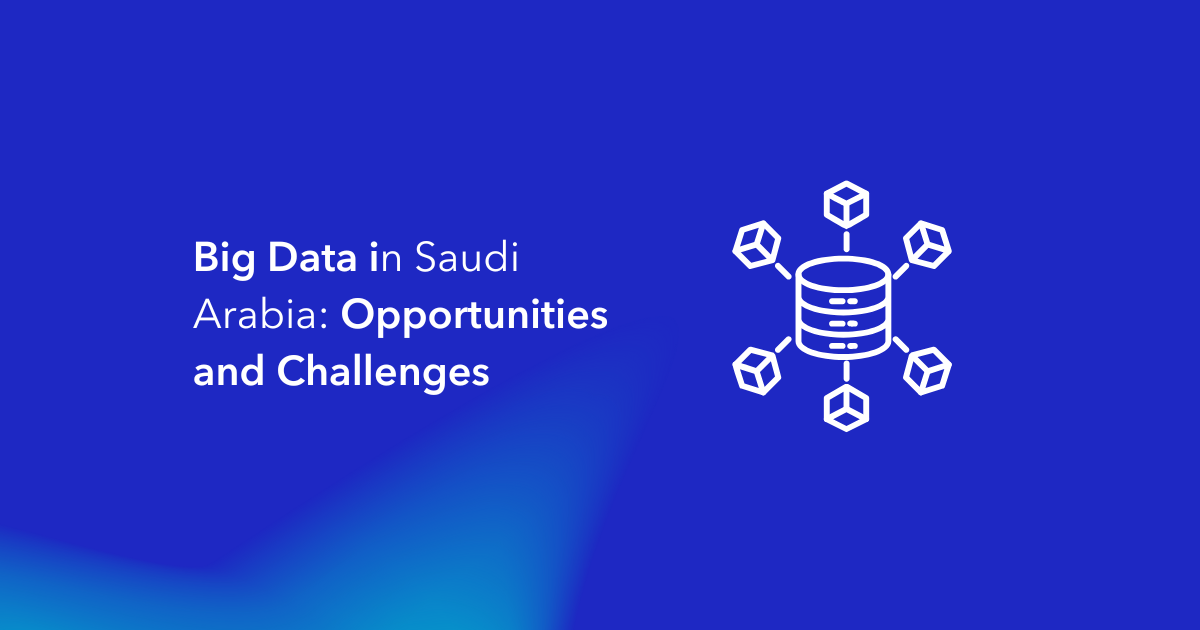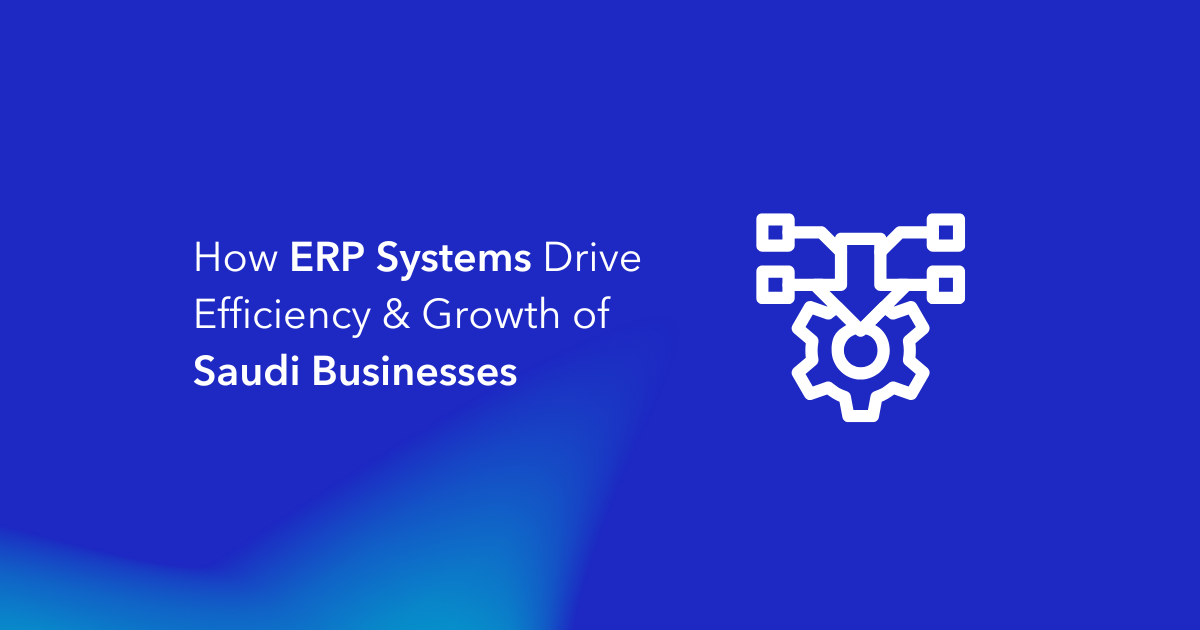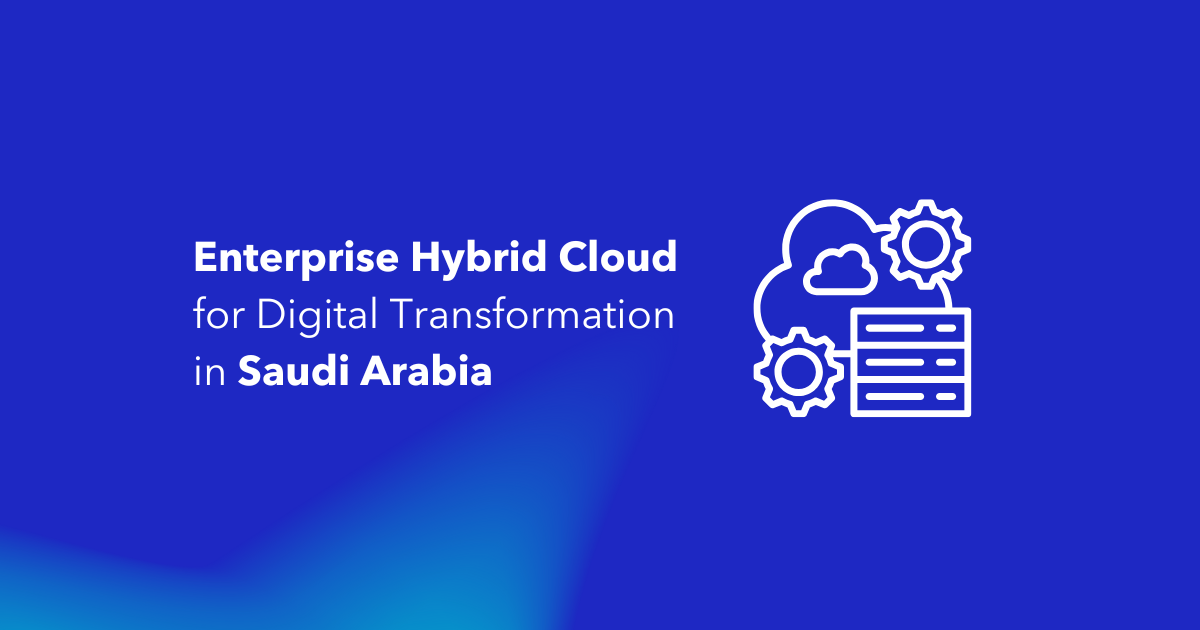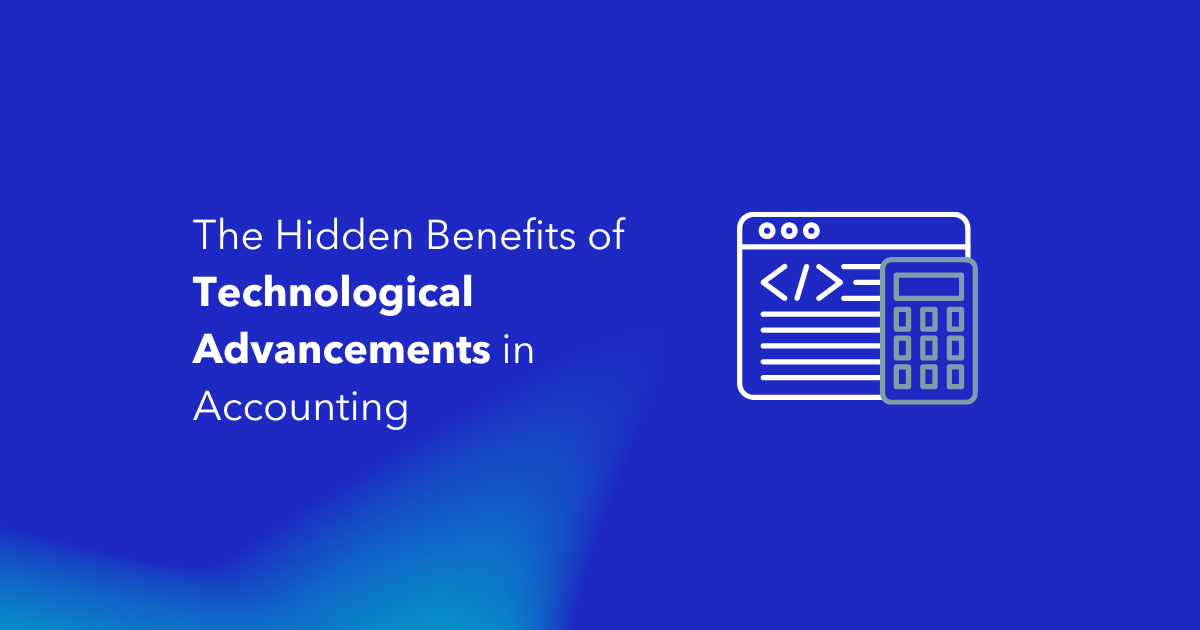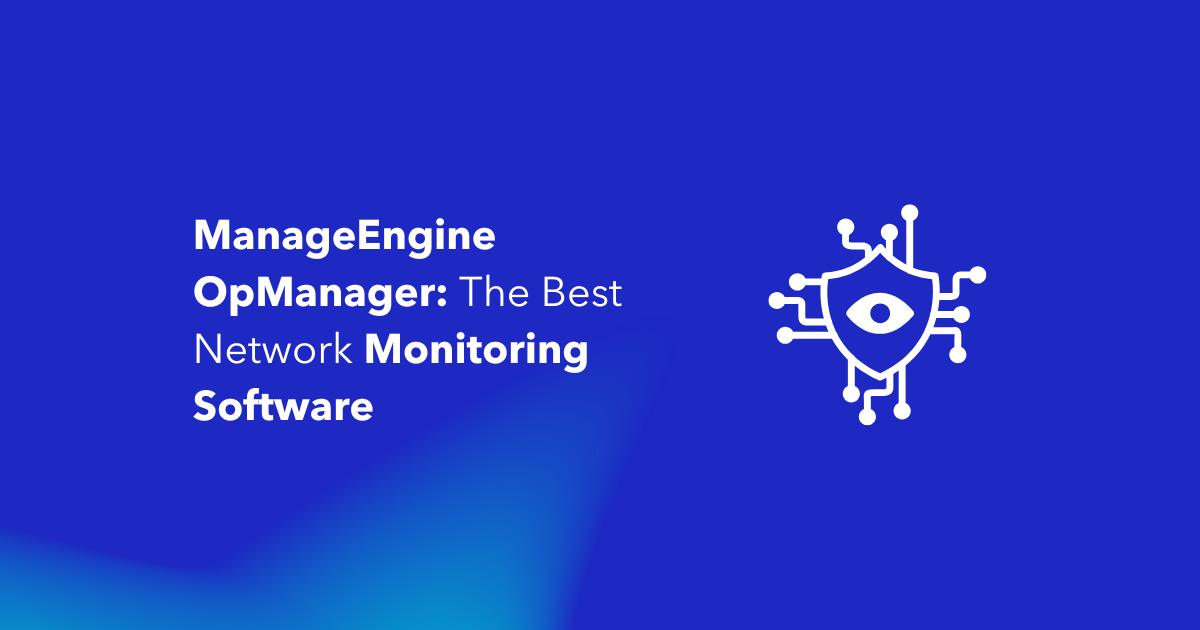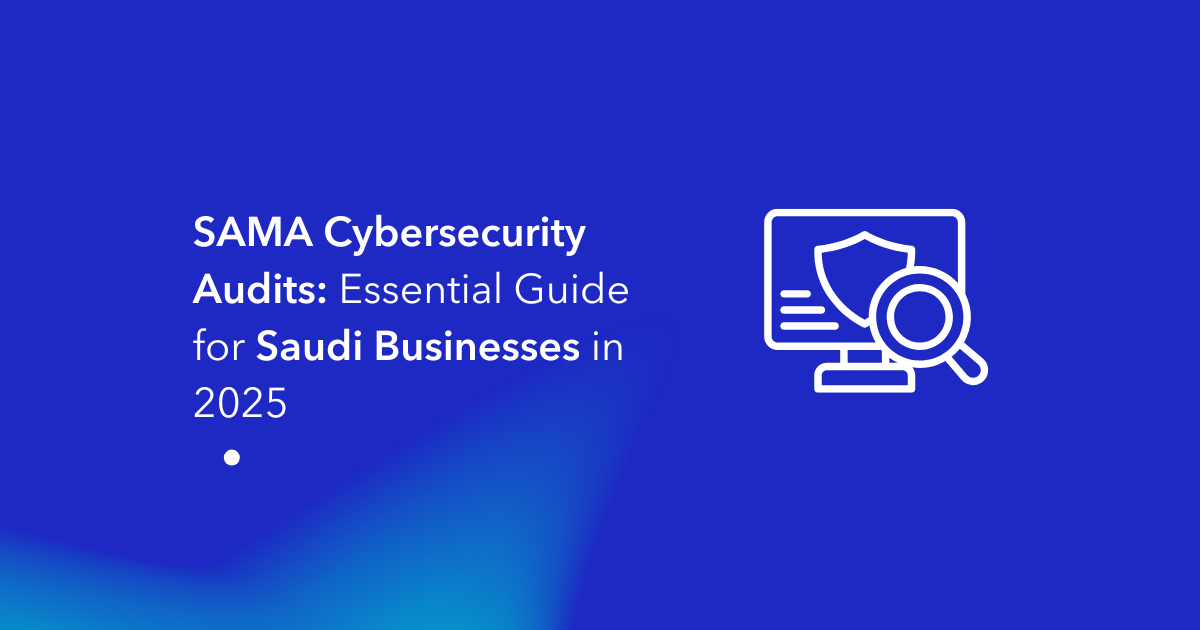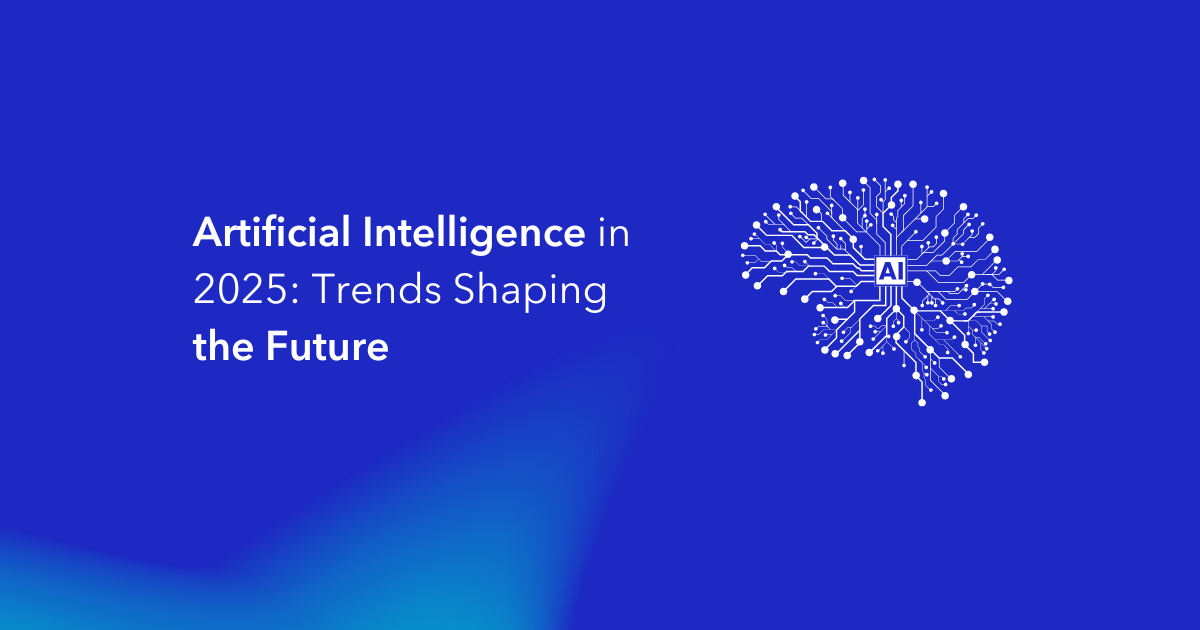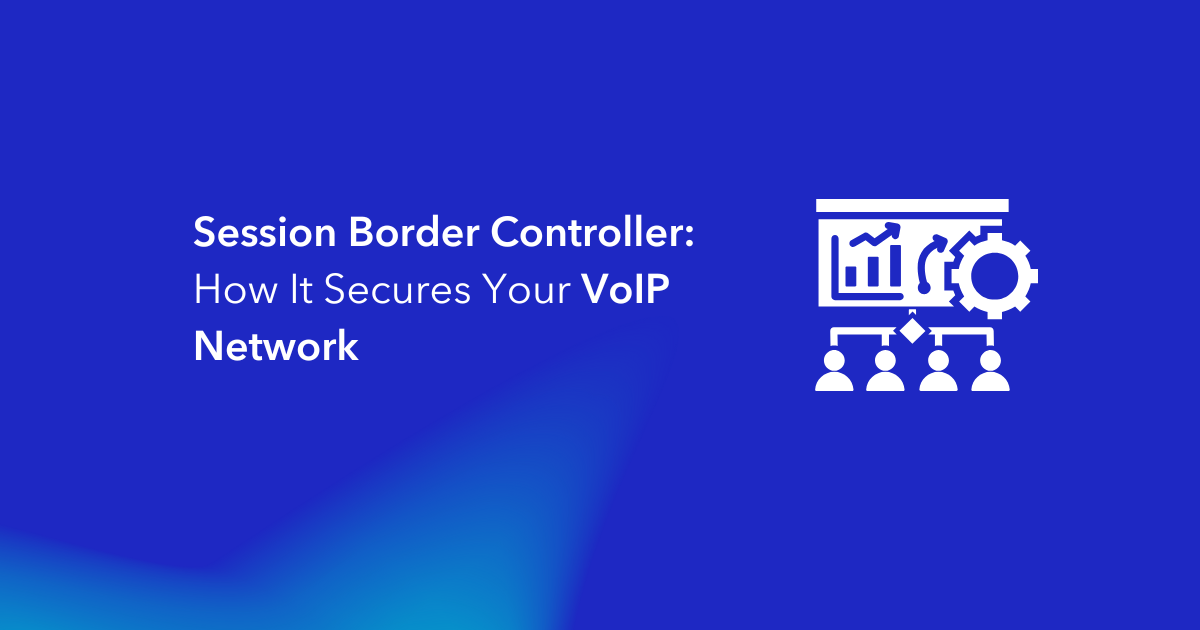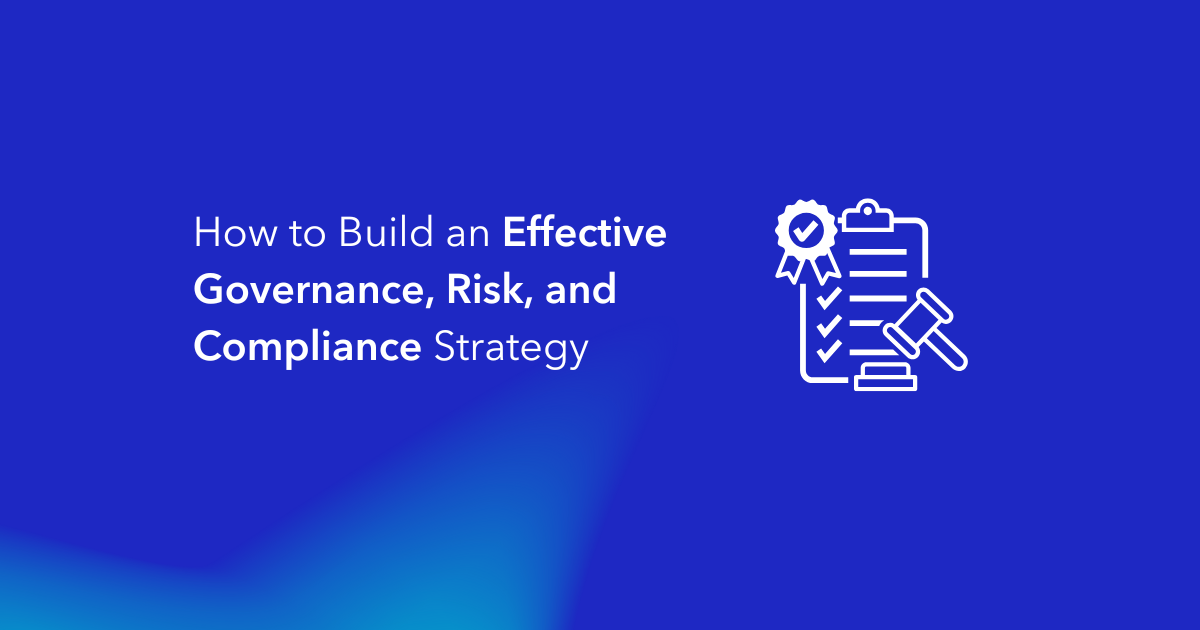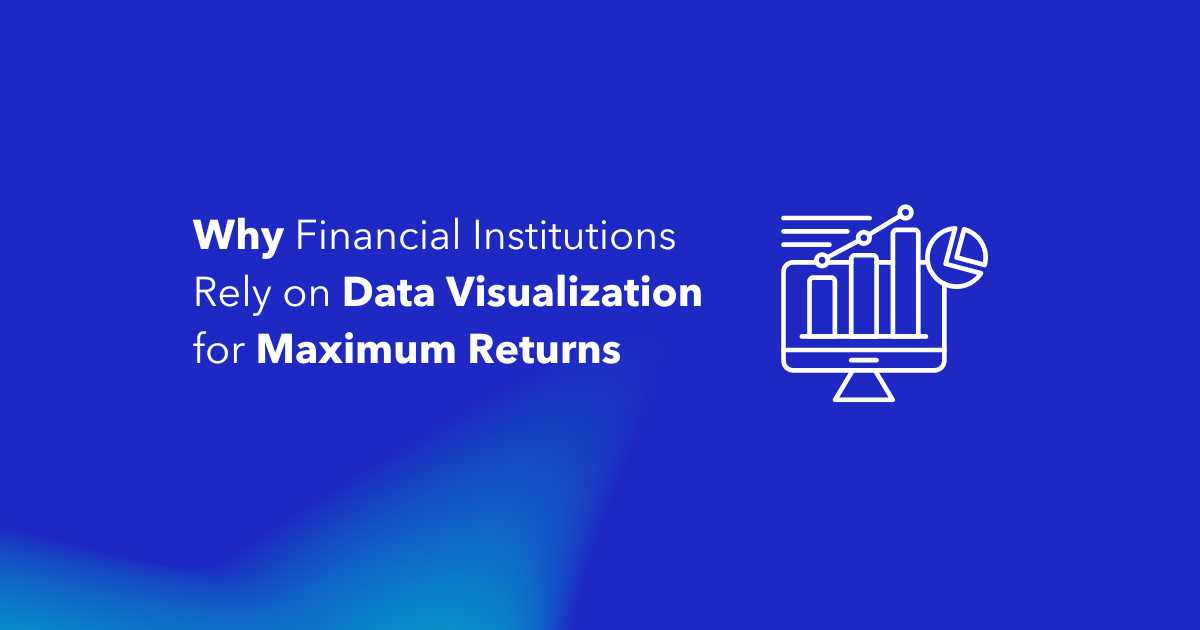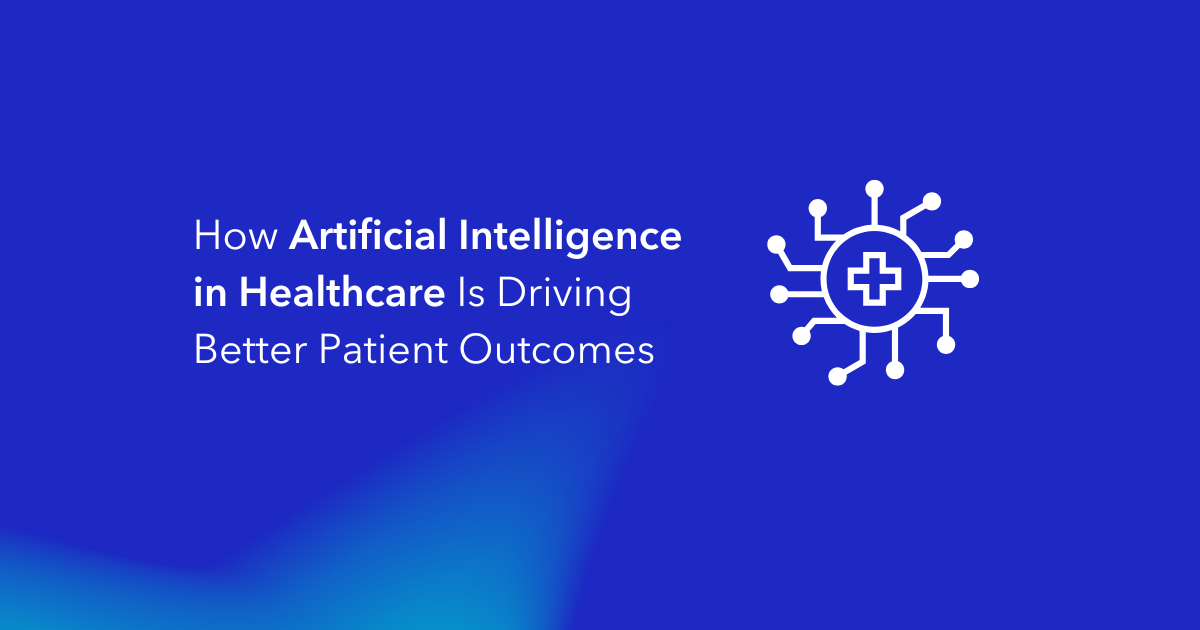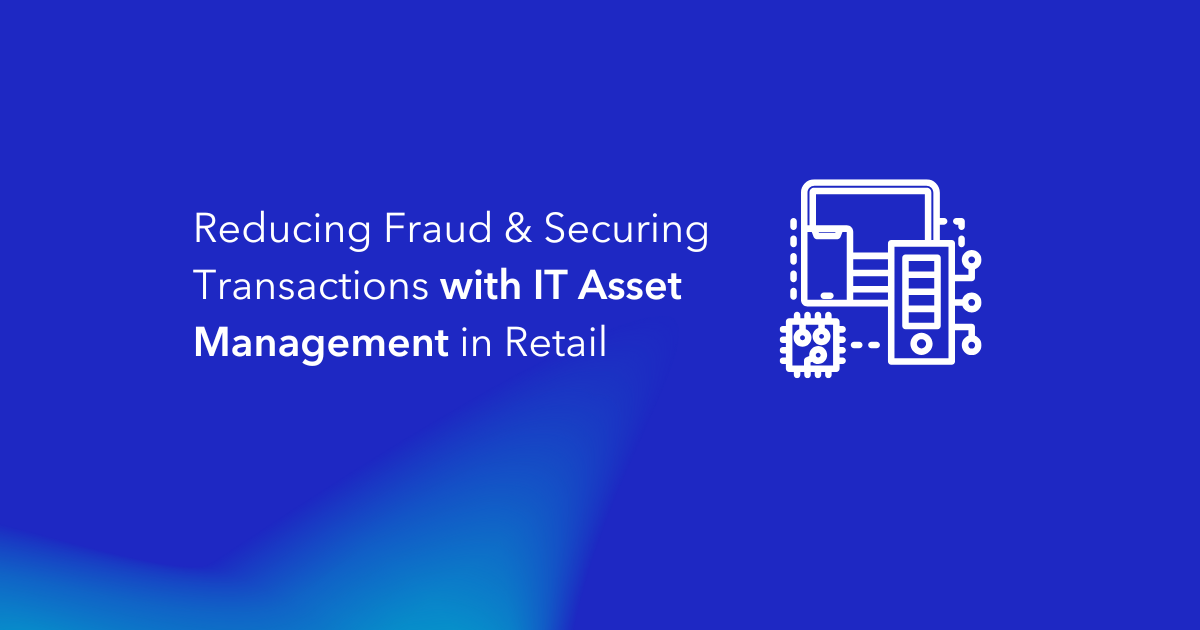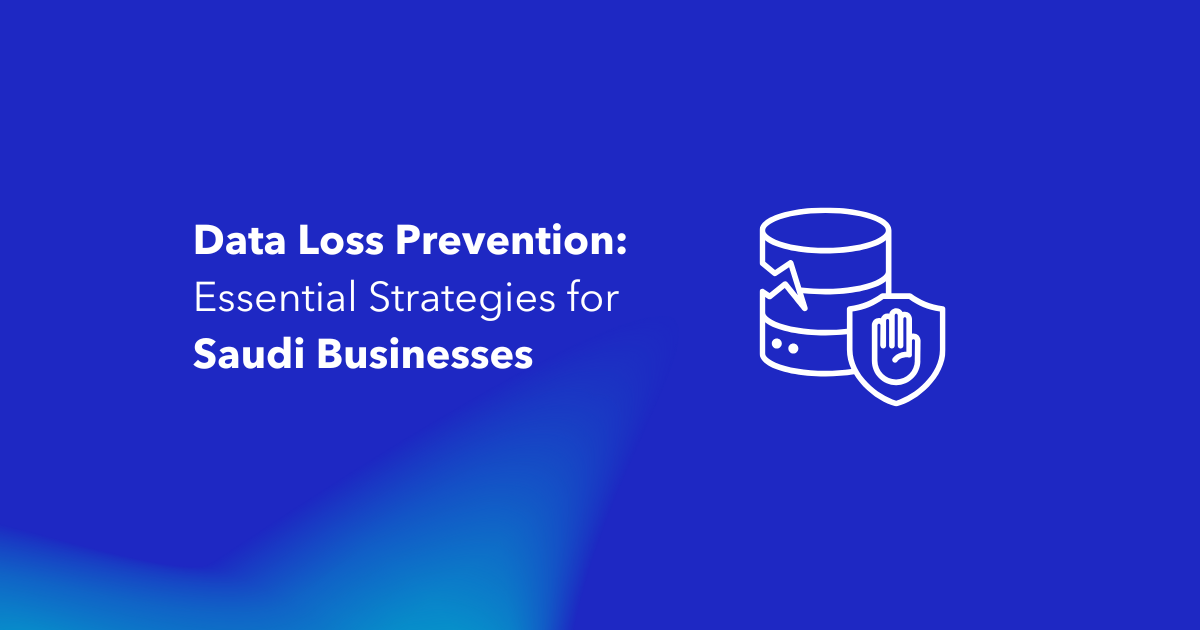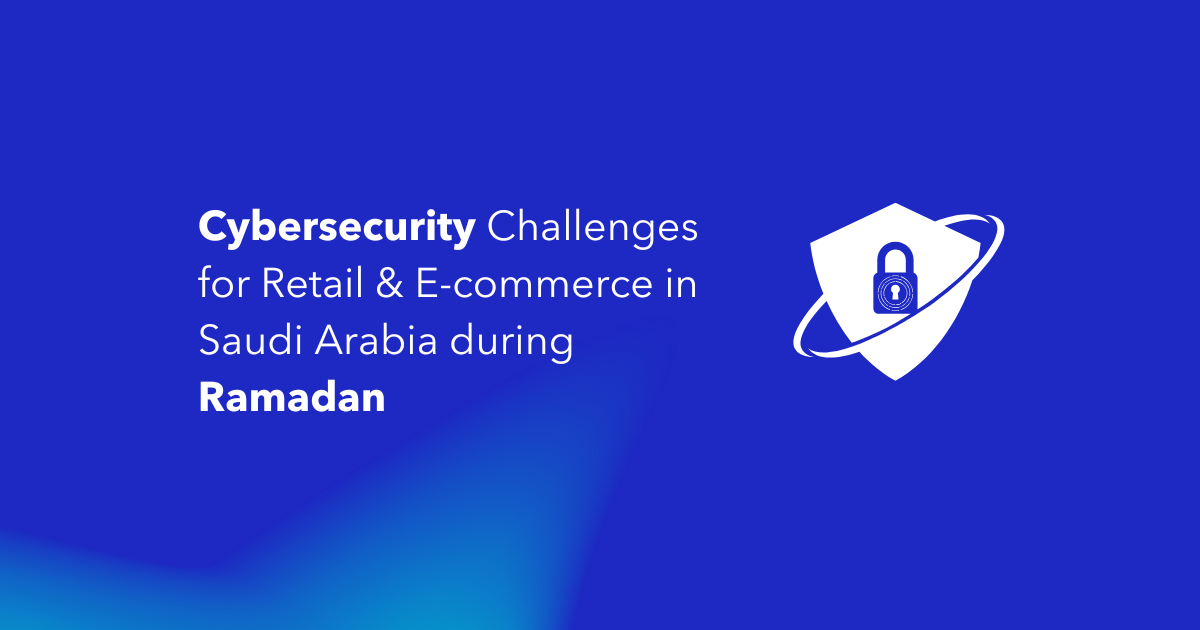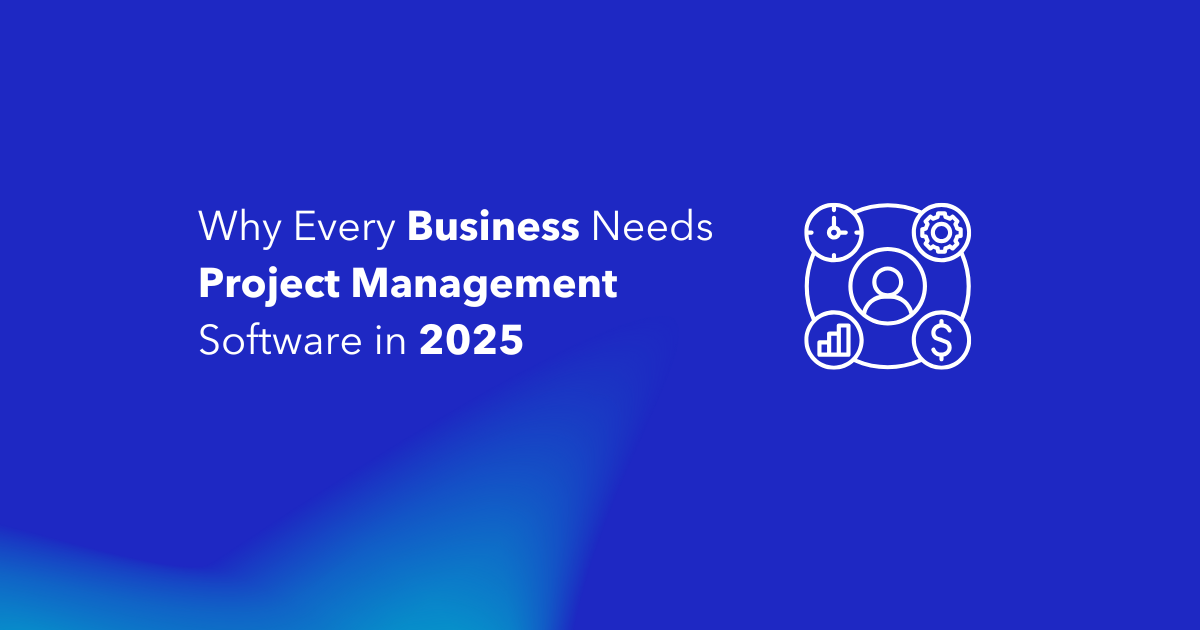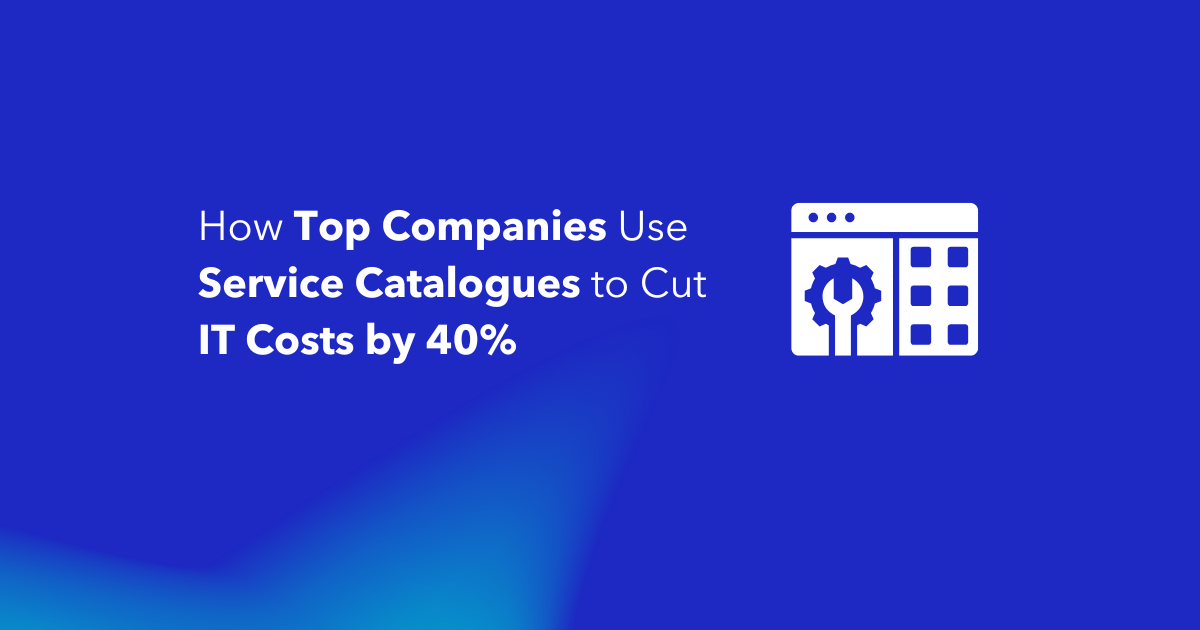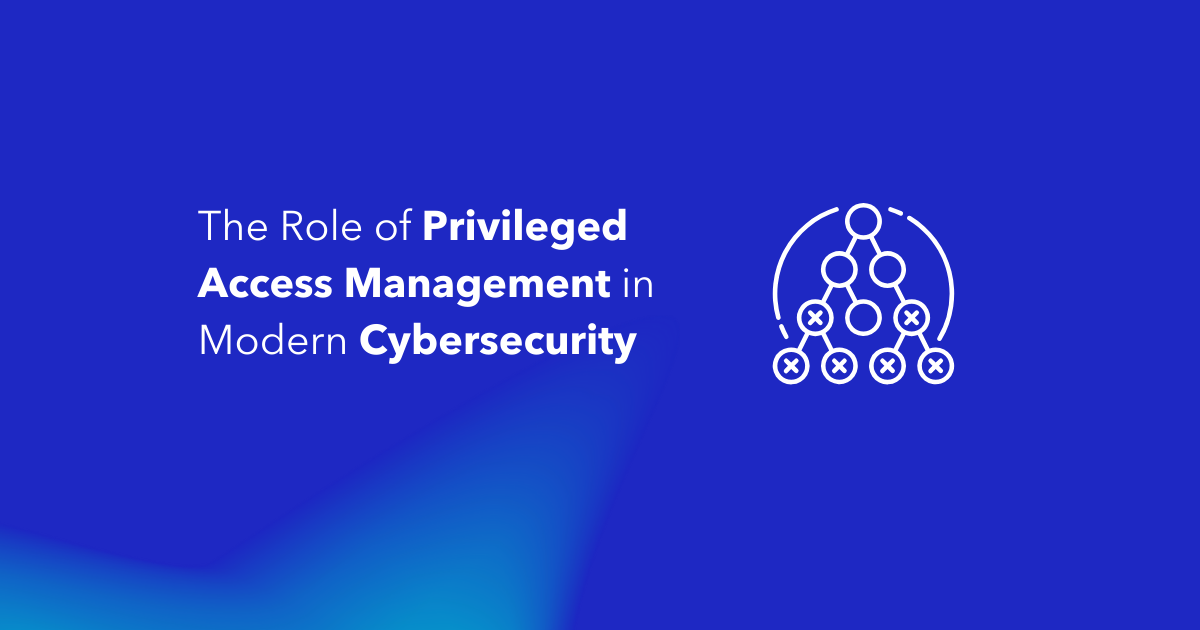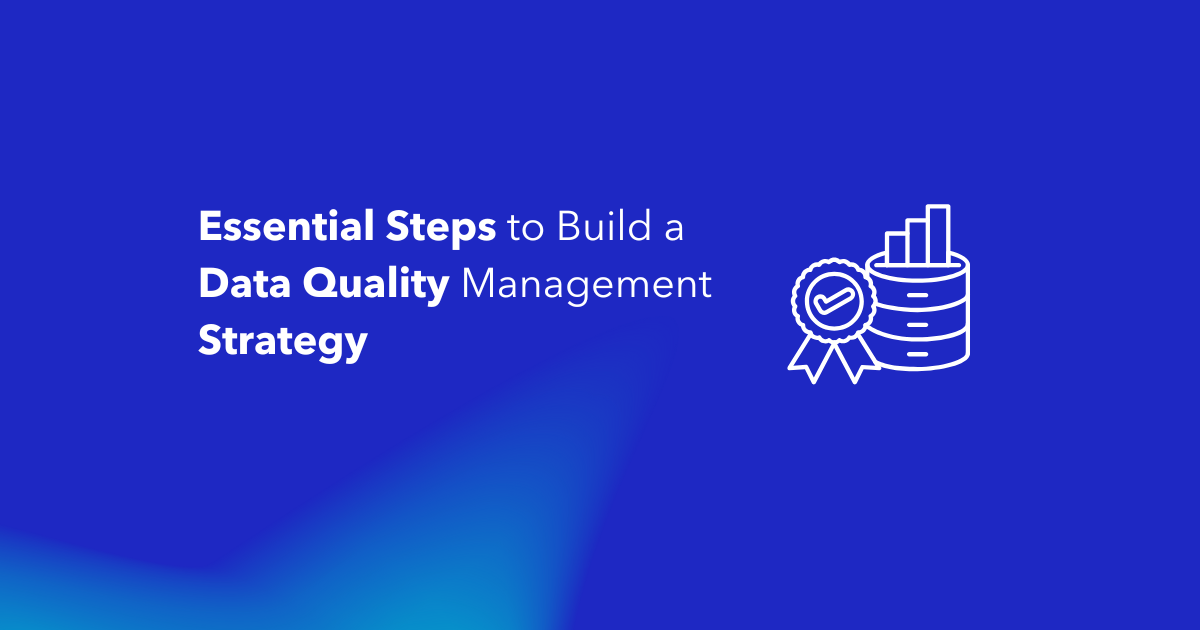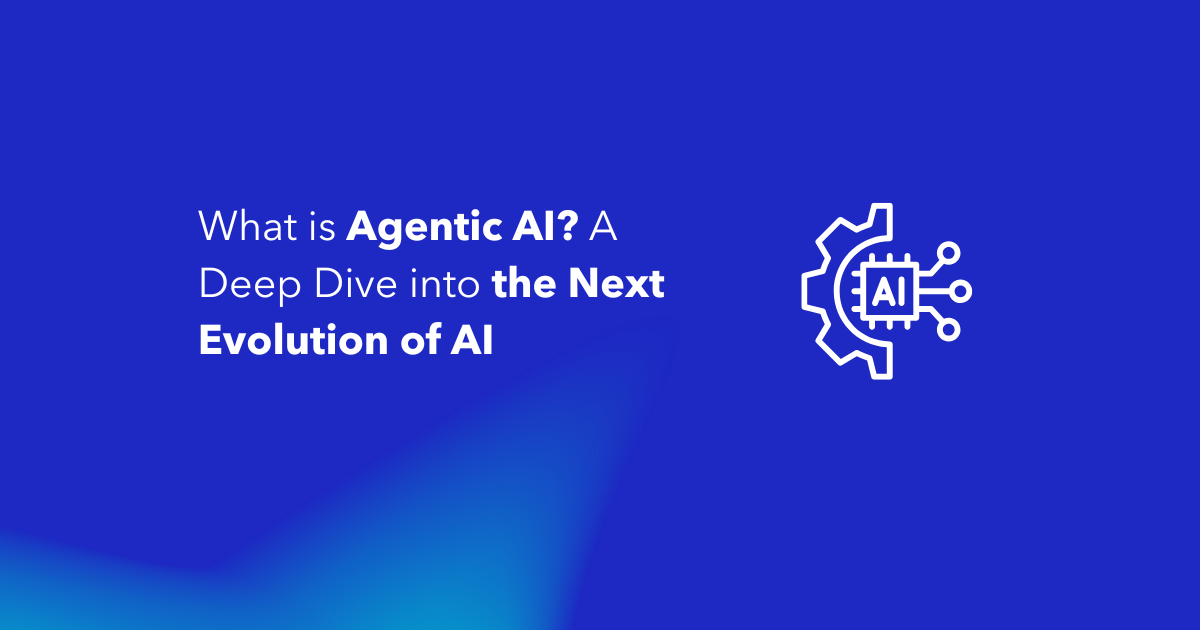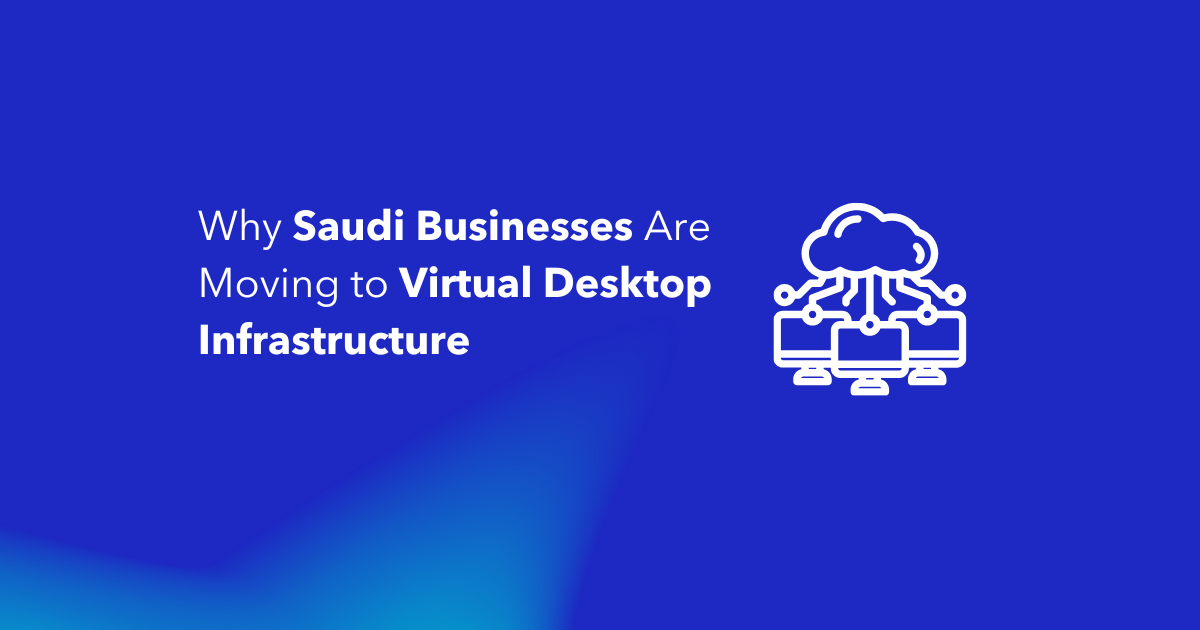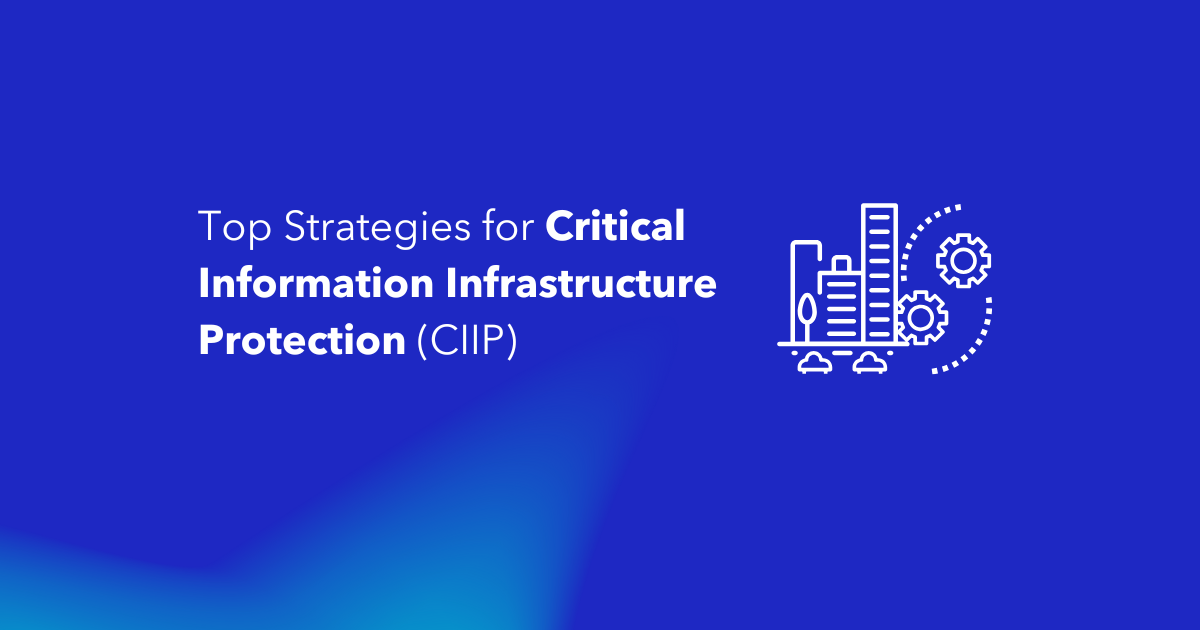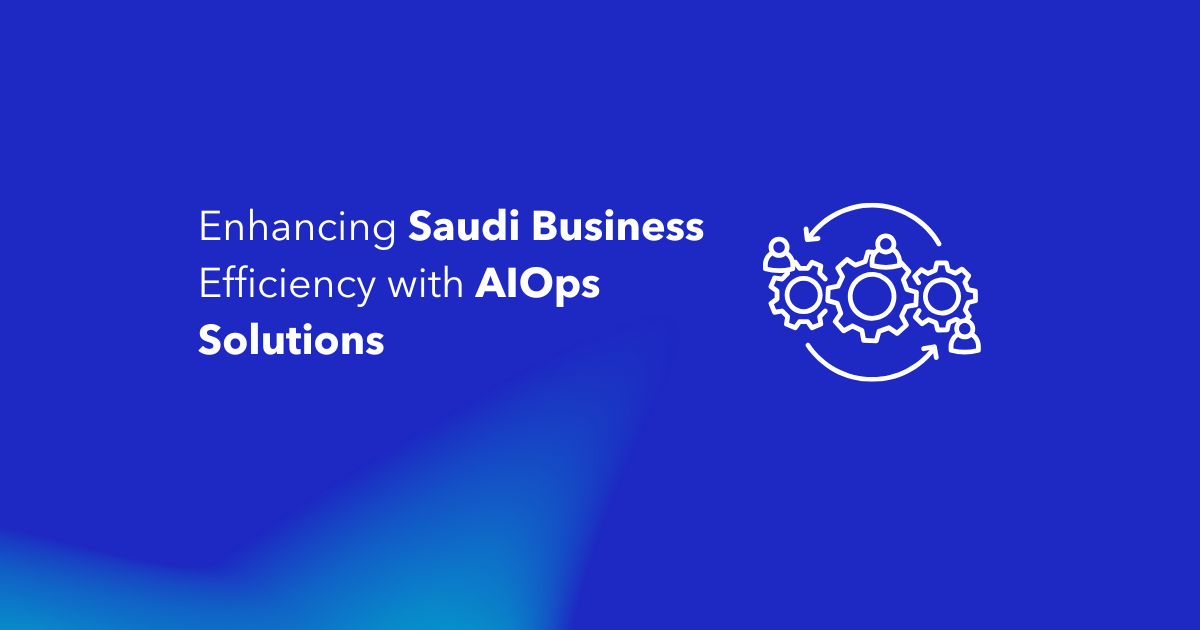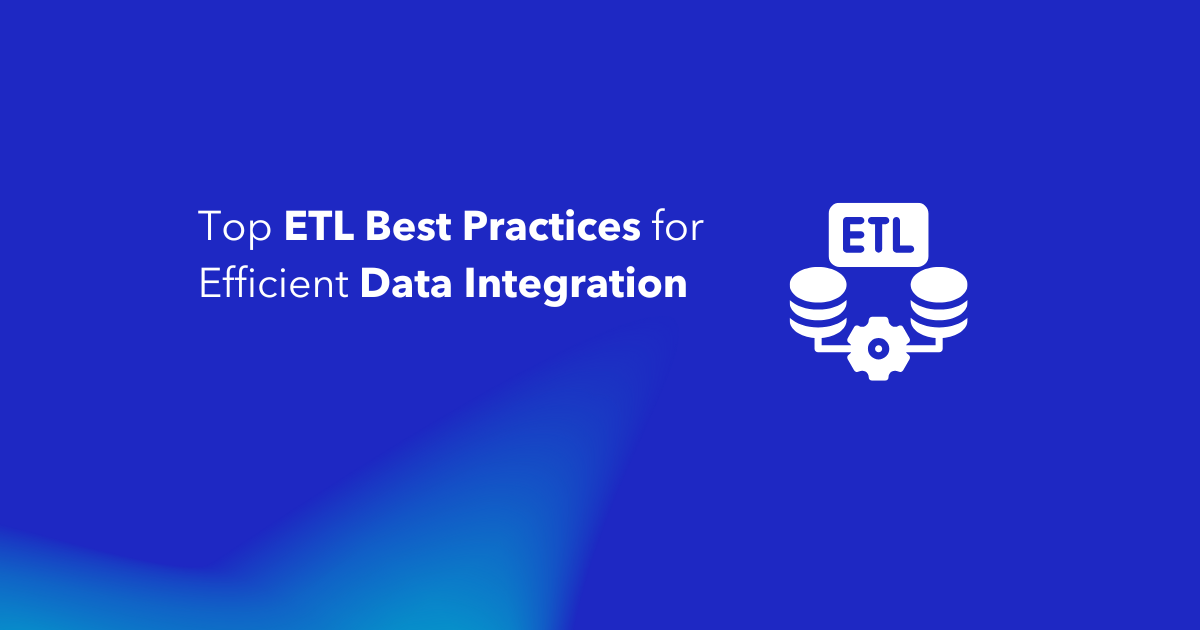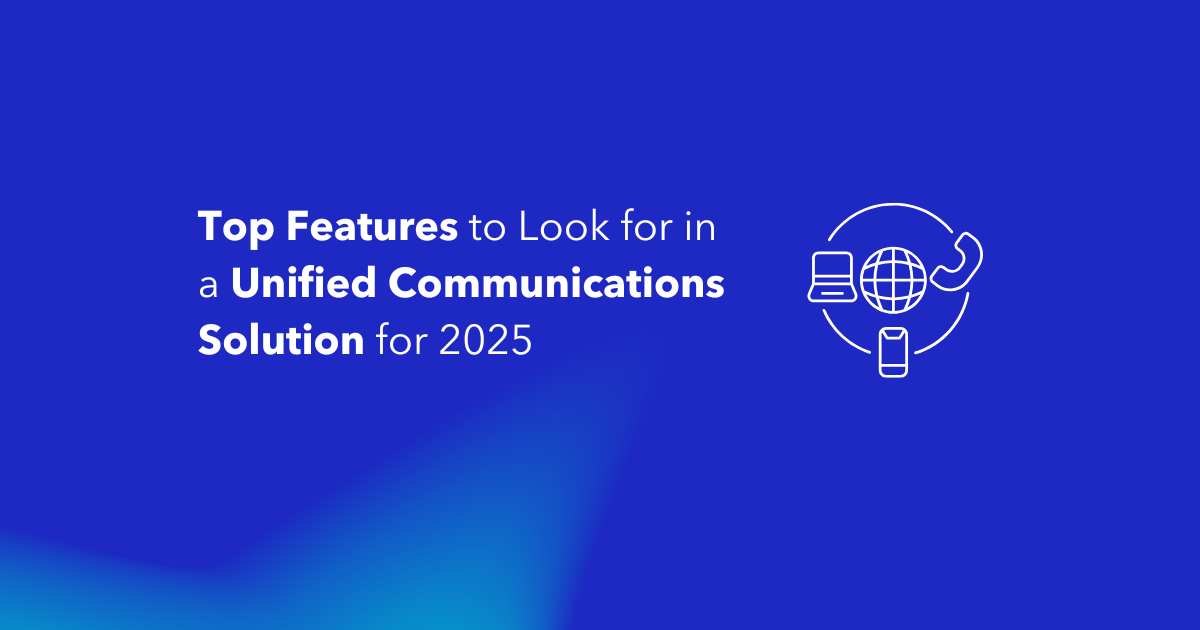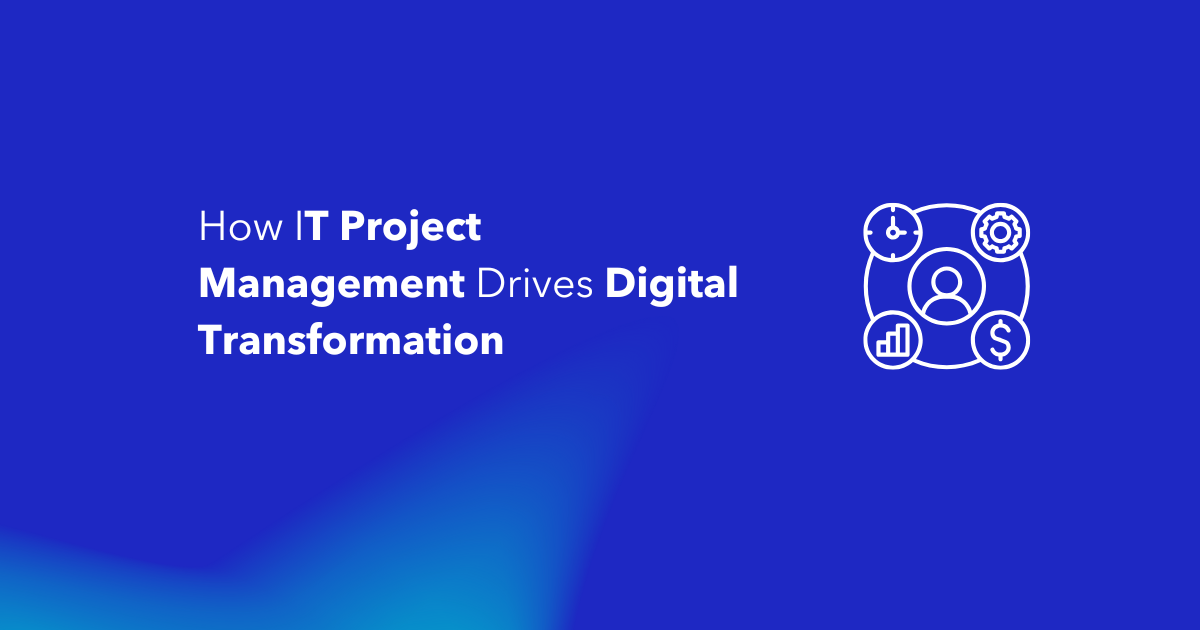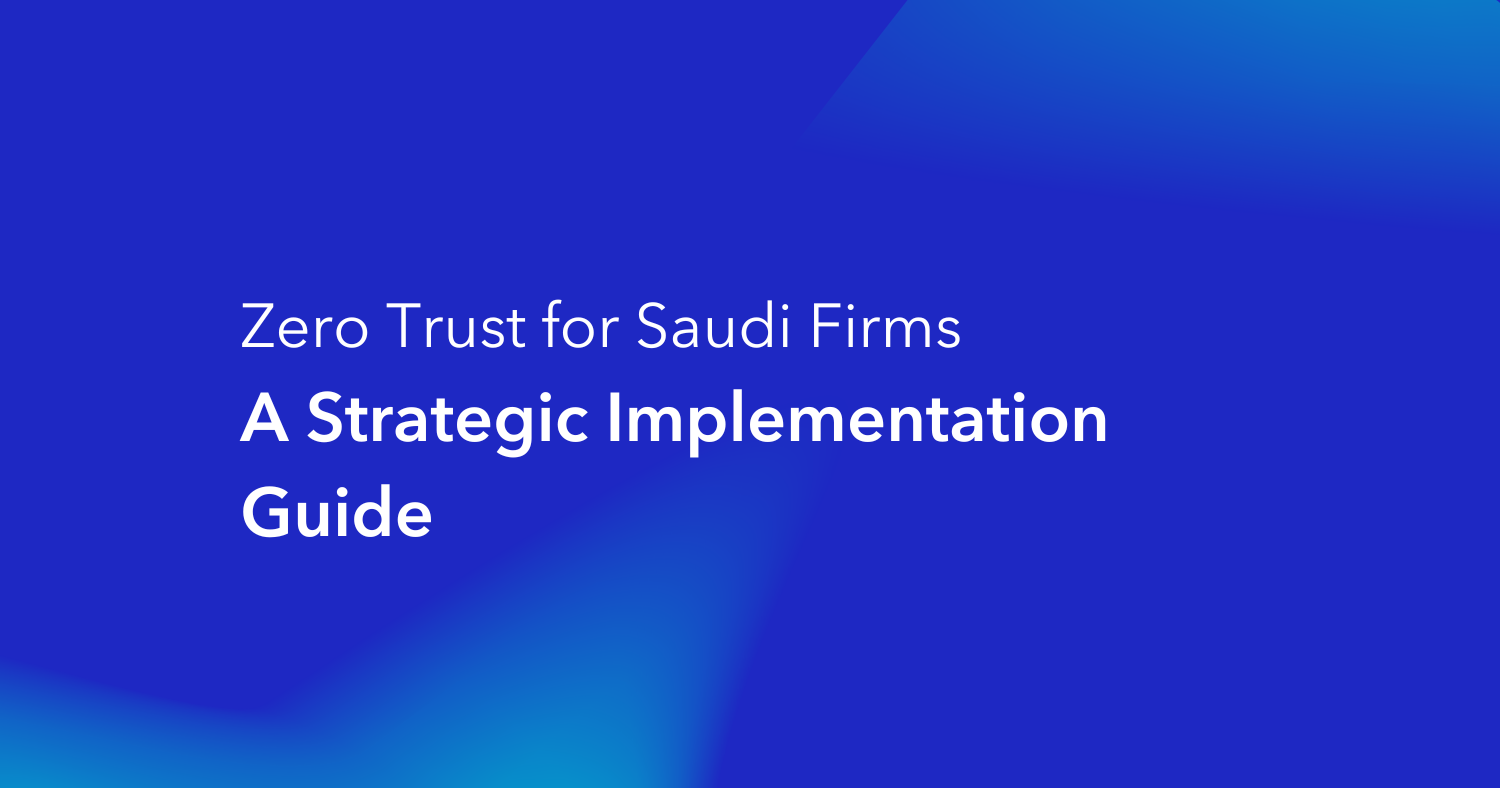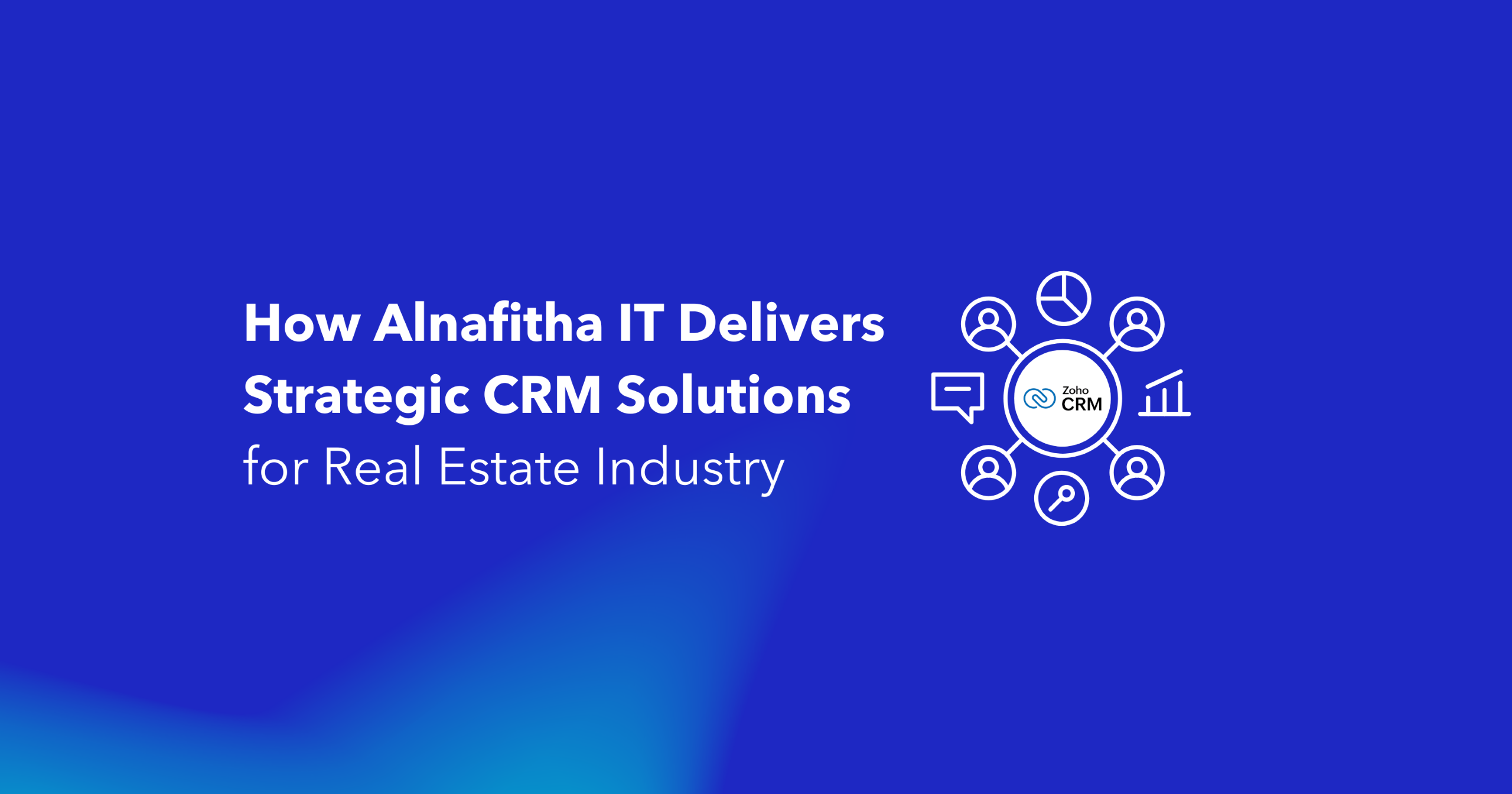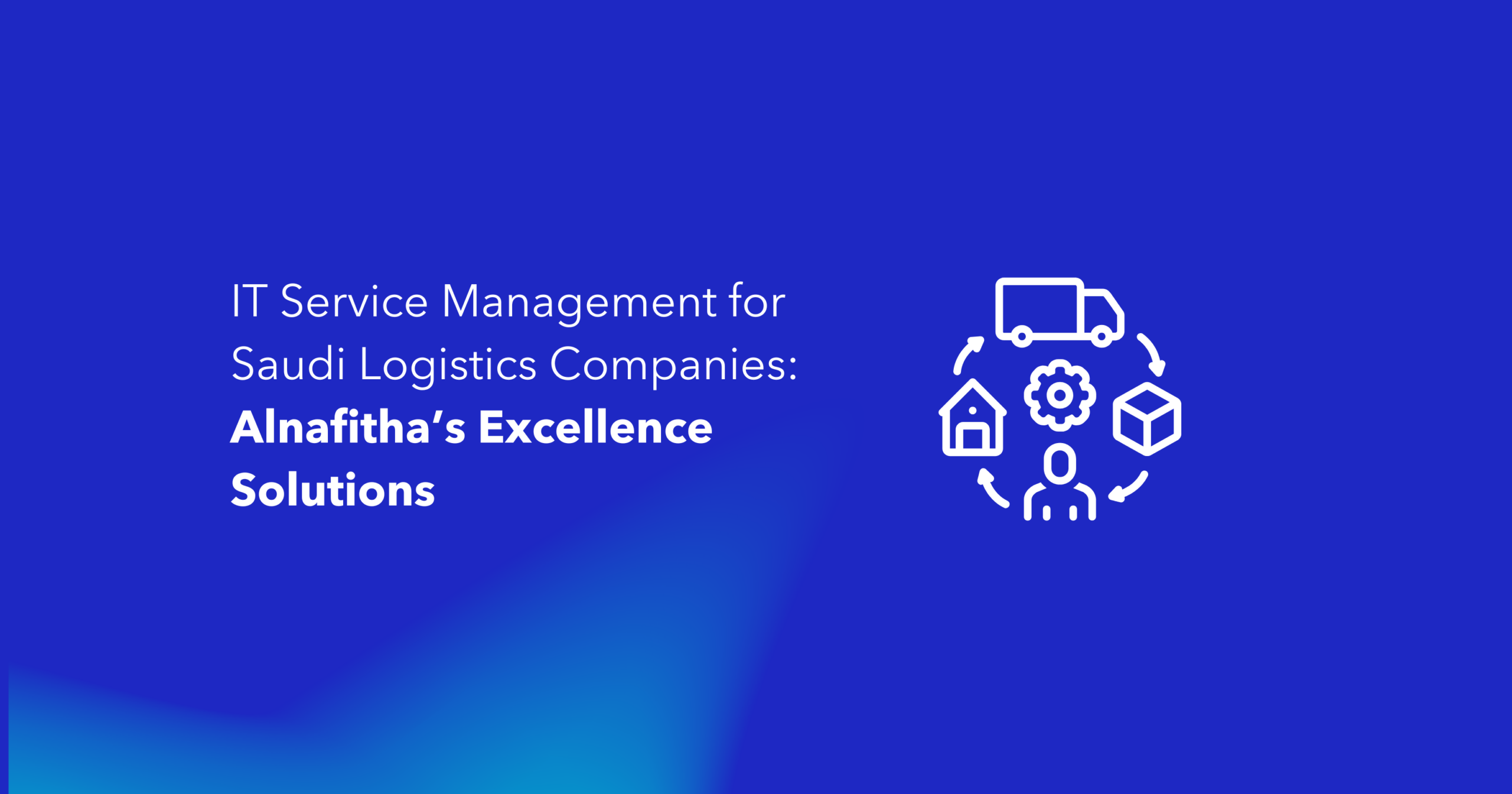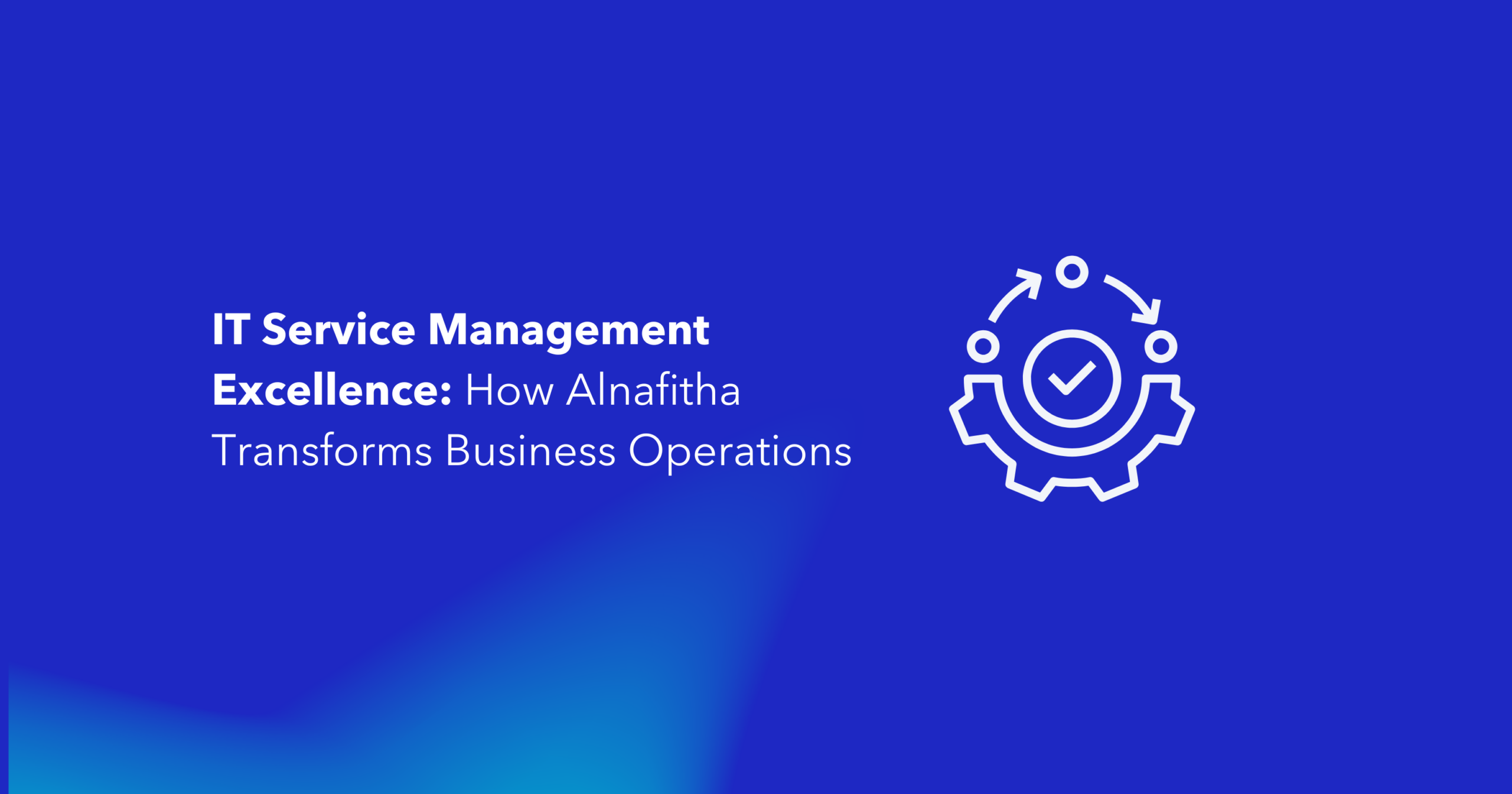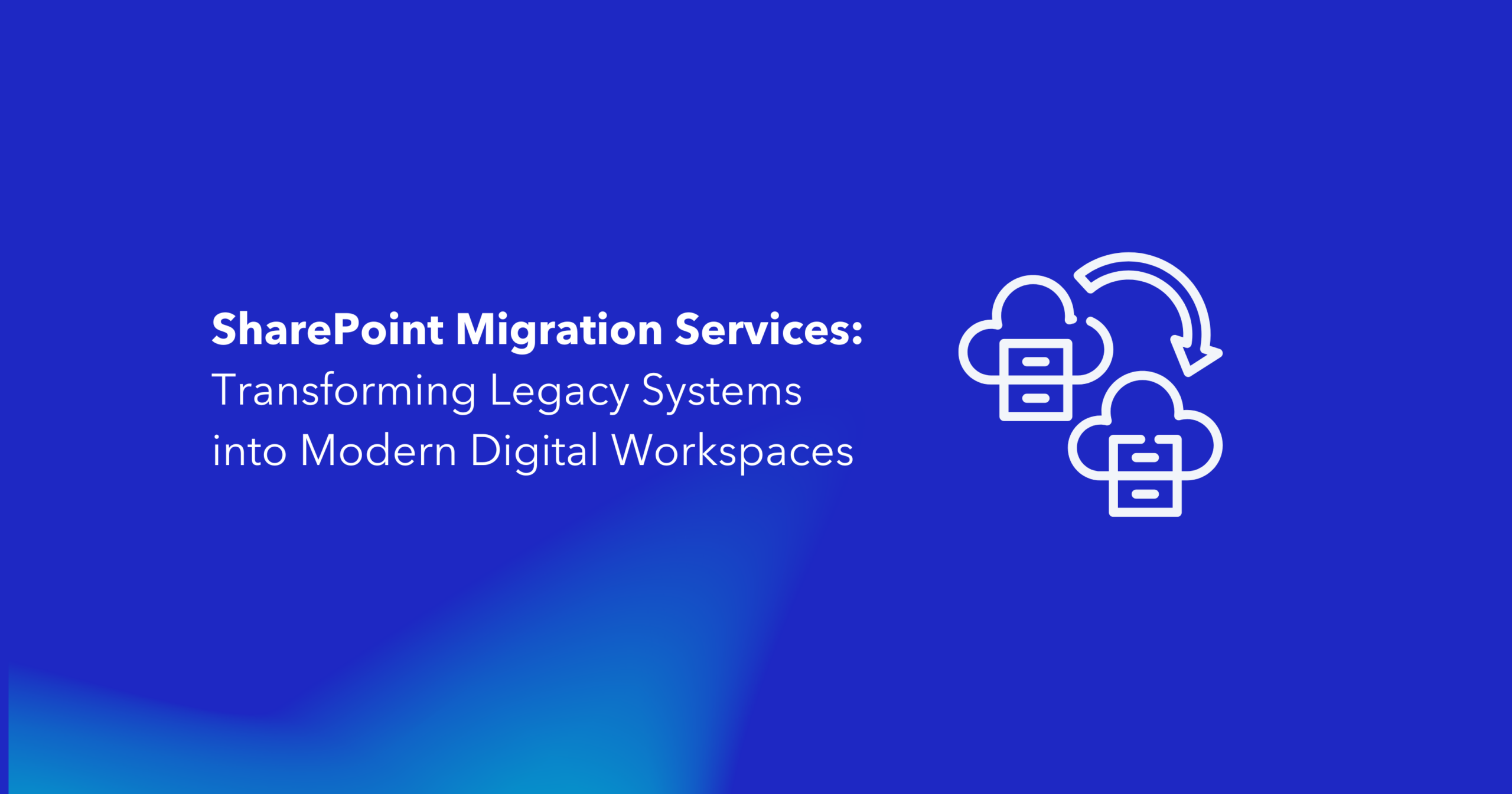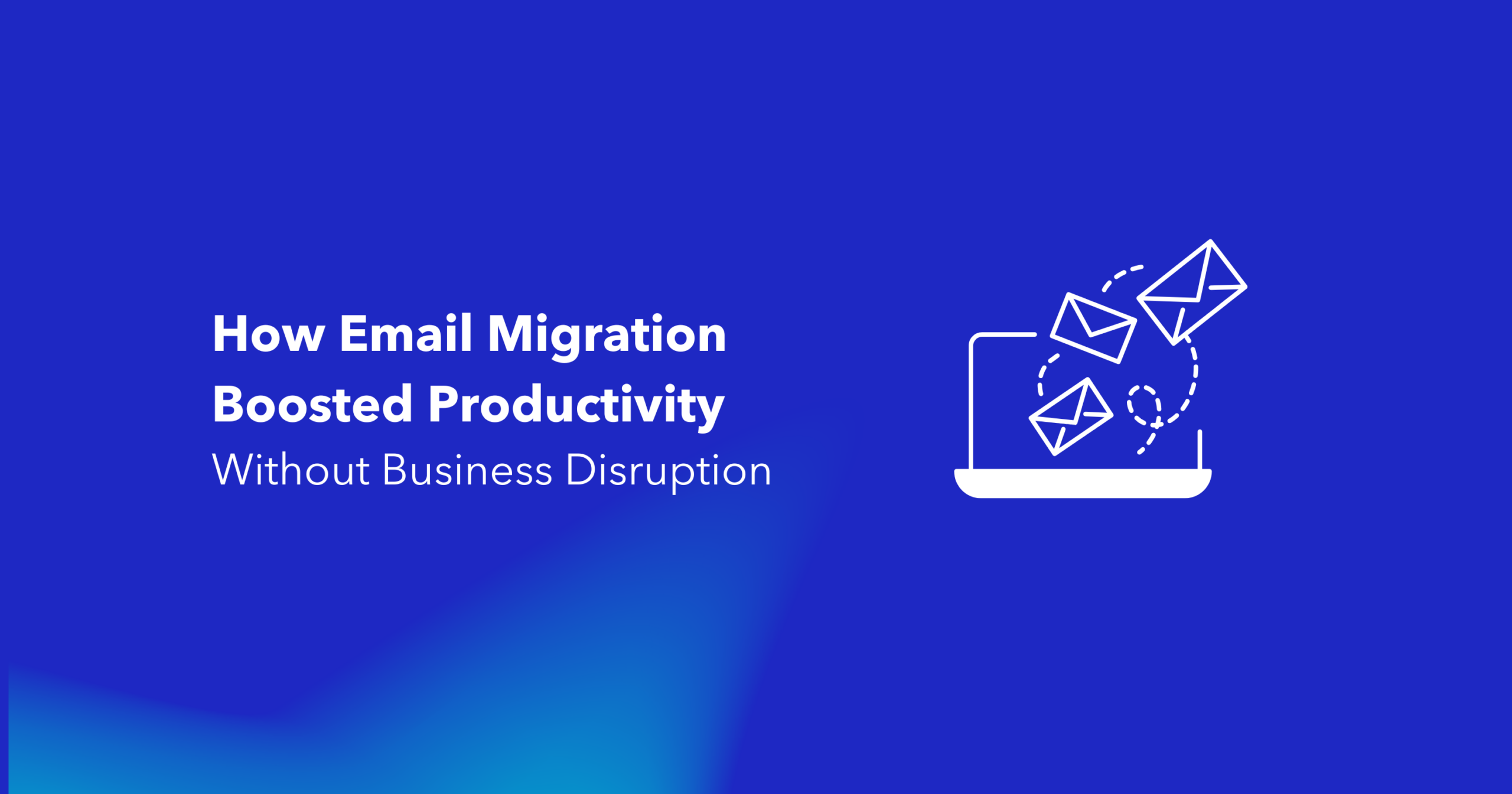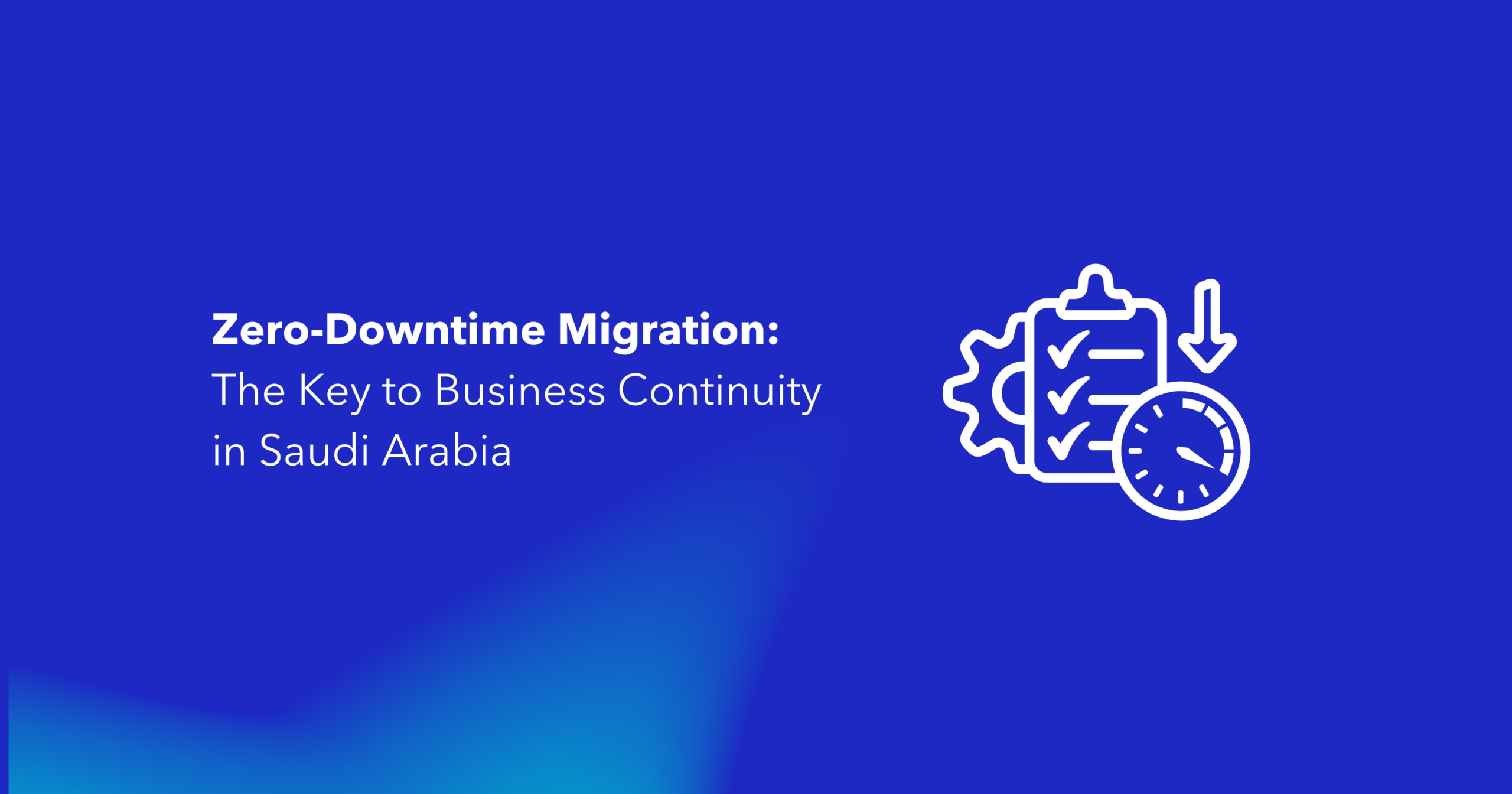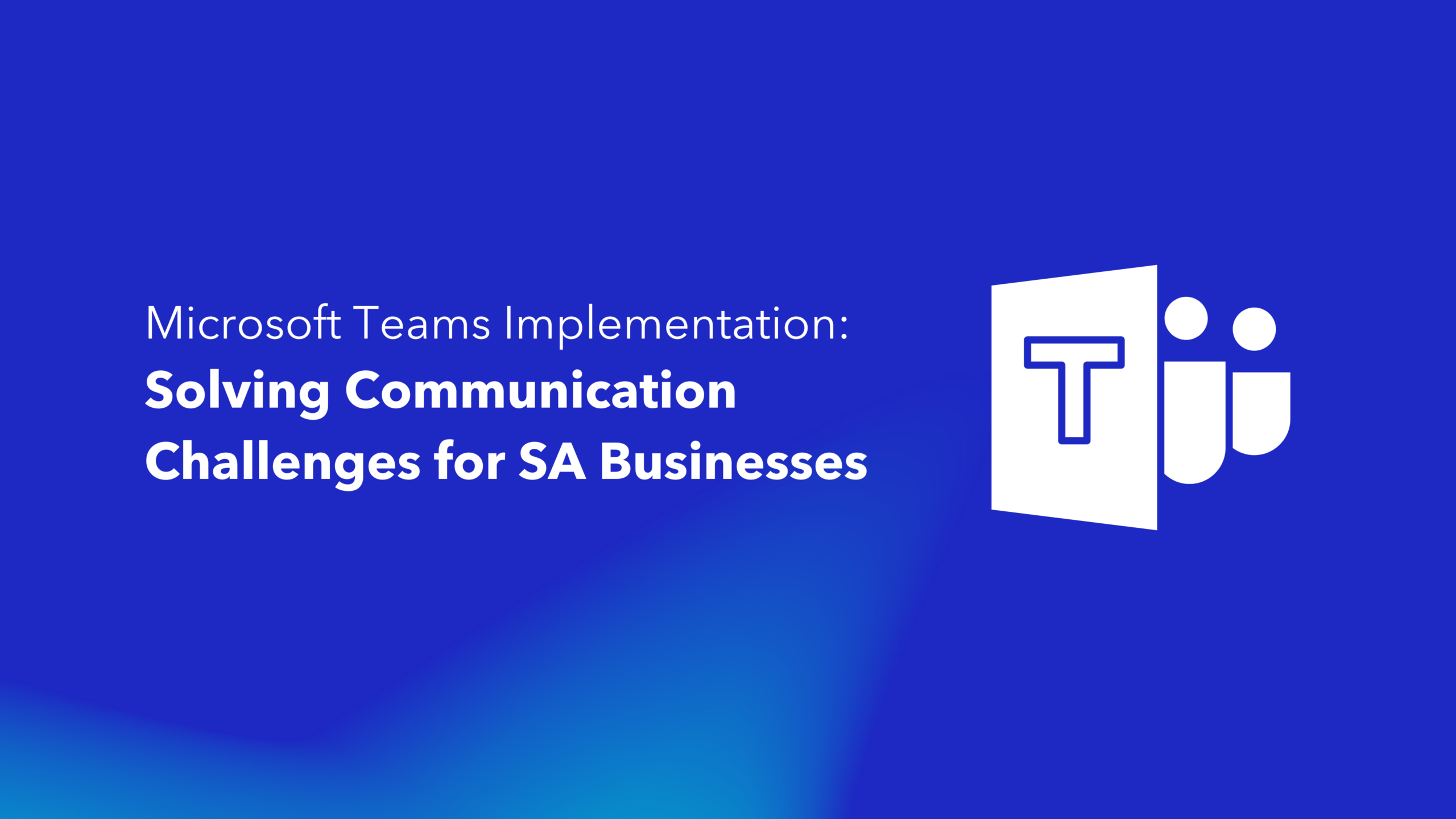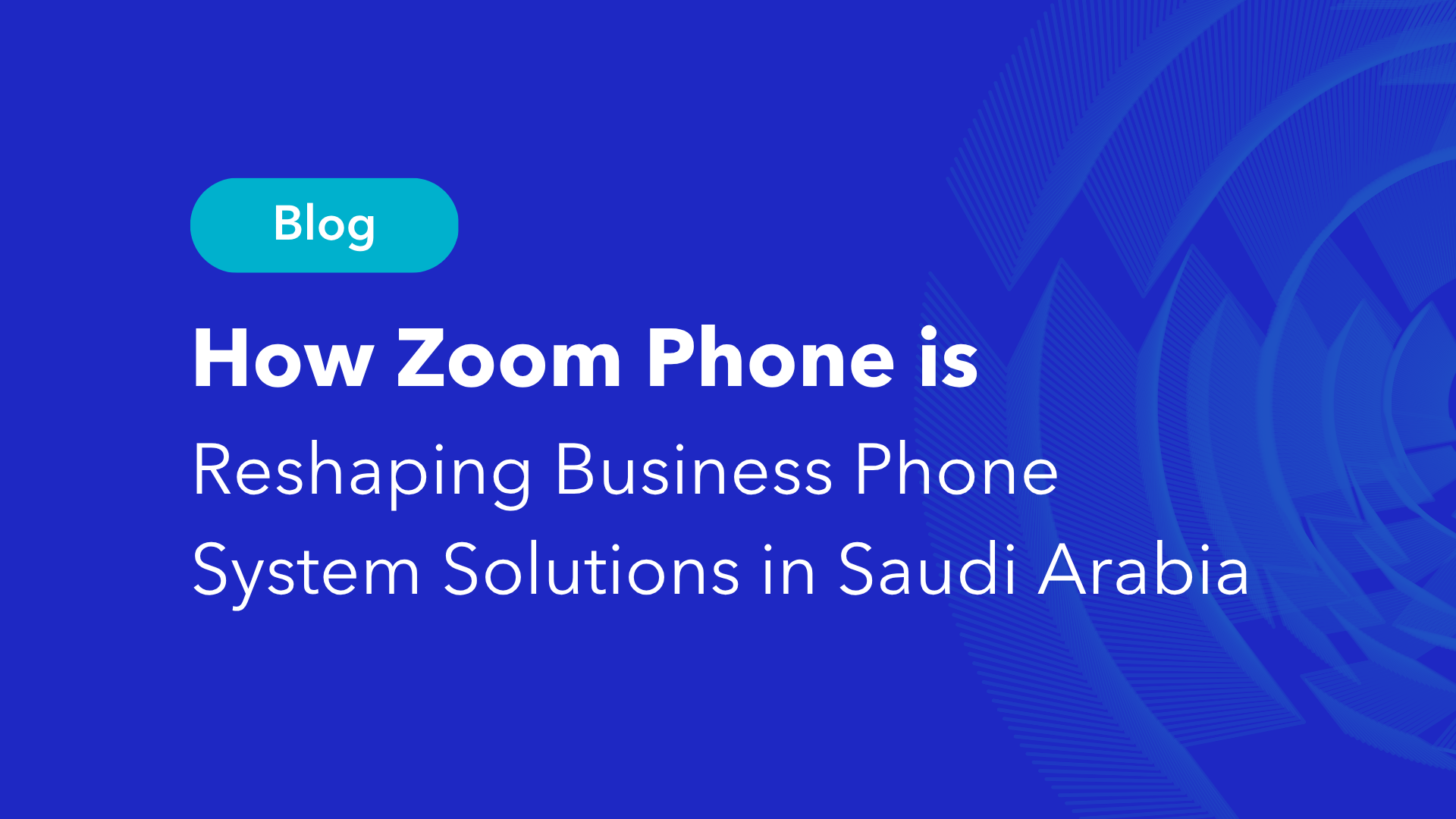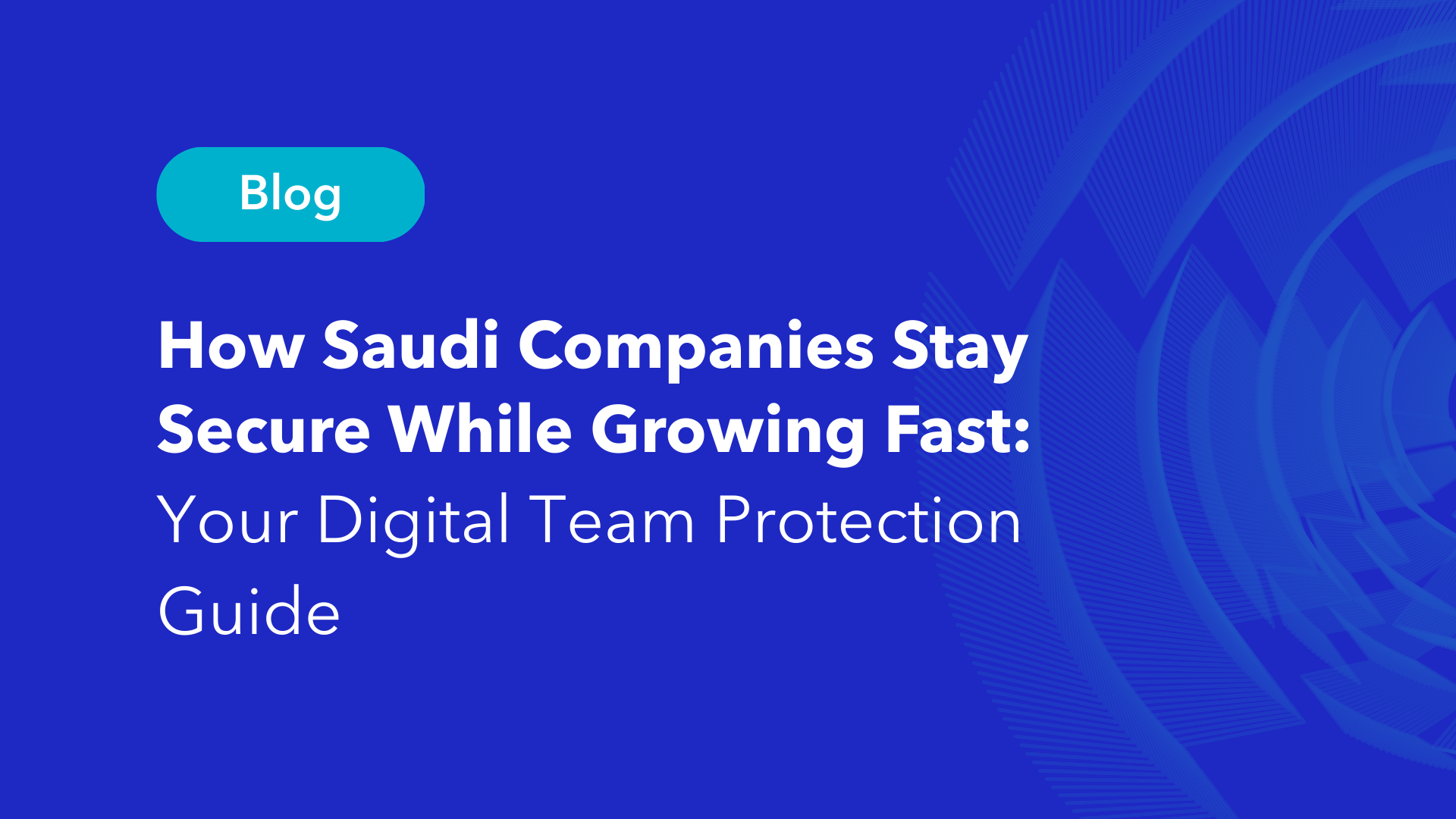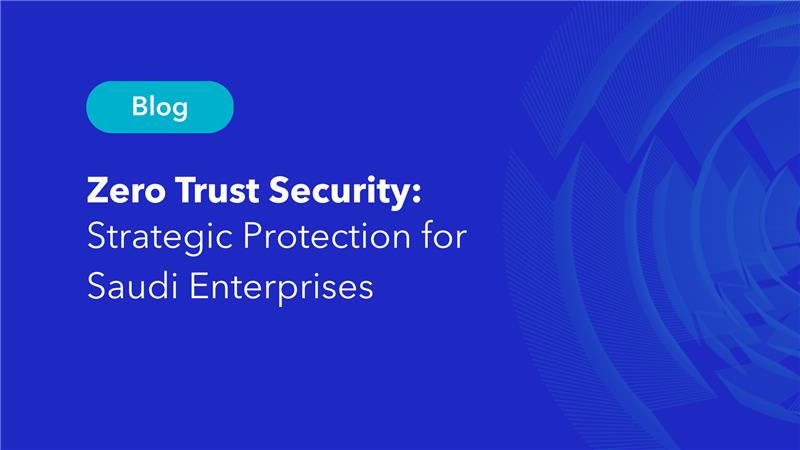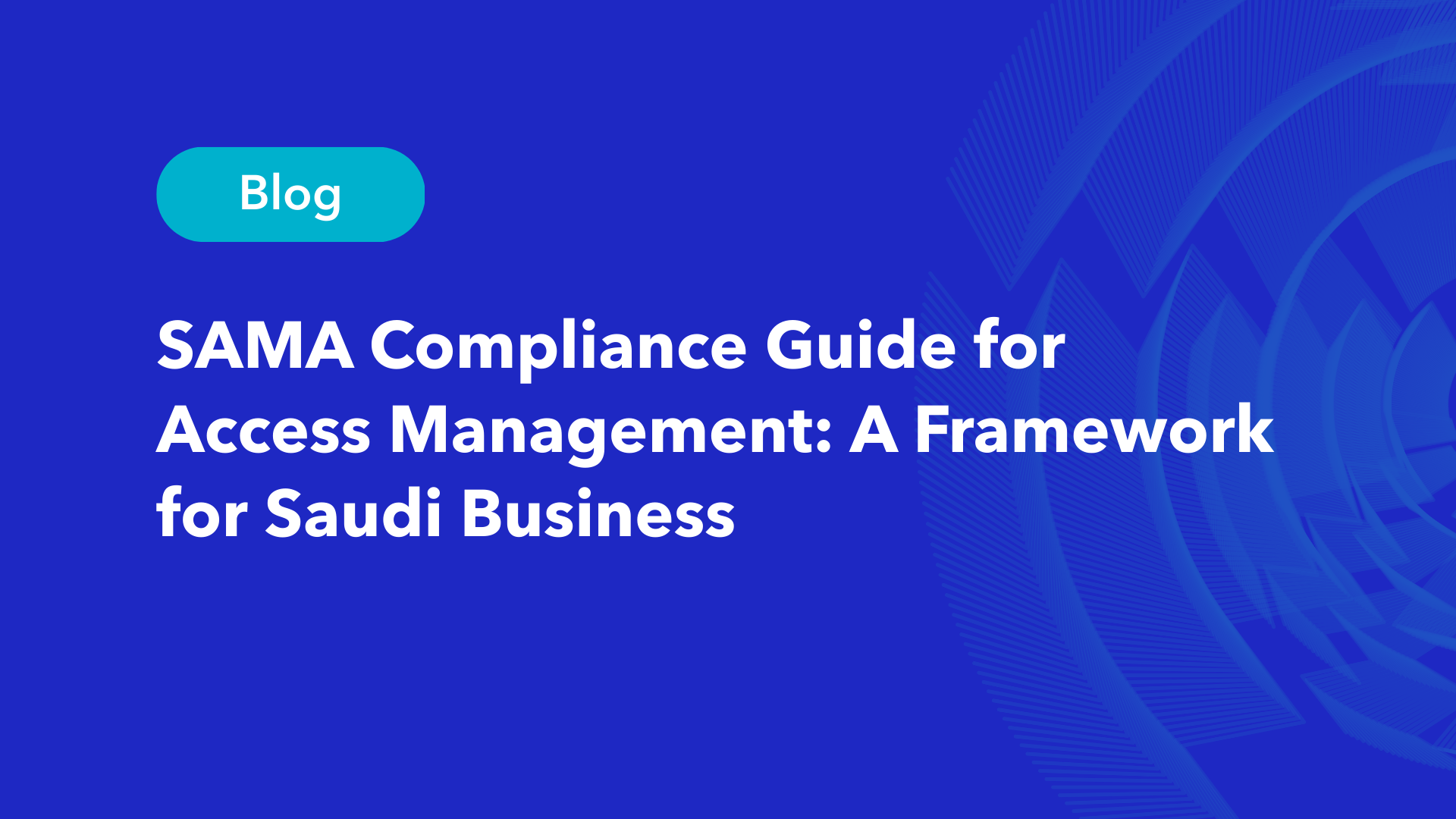Imagine receiving an email that looks like it’s from your CEO—urgent, professional, and demanding immediate action. Without a second thought, you click the link, enter your credentials, and unknowingly hand over access to your company’s critical systems. This scenario isn’t hypothetical; it’s happening every day across Saudi Arabia as businesses face a surge in identity-based cyberattacks.
There has been a notable increase in identity-based cyberattacks, particularly those aimed at credential theft. These attacks accounted for 25% of incident response engagements in the third quarter of 2024, highlighting the growing focus on compromising user identities to gain unauthorized access to systems. This alarming statistic highlights cyberthreats as a critical concern for organizations throughout the kingdom. Cybercriminals continue to adapt their tactics and exploit new technologies, which puts your business operations at risk from increasingly sophisticated digital threats. Saudi Arabia’s rapid digital transformation has opened new opportunities but created security challenges that need immediate attention.
This guide explores the most important cyber threats targeting Saudi businesses in 2024, such as zero-day exploits, AI-powered attacks, and advanced persistent threats. Your organization can benefit from learning about emerging attack patterns, sector-specific vulnerabilities, and practical strategies to safeguard digital assets. Your business can maintain operational resilience and outmaneuver cybercriminals by understanding these evolving threats and implementing resilient security measures.
The Threat Landscape for Saudi Businesses in 2024
Saudi businesses face a new wave of cyberthreats that has evolved significantly in 2024. SANS Institute data reveals a record-breaking 3,205 security compromises in 2023. These numbers show a dramatic 70% jump from the previous year’s figures.
Global Overview of Current Cyber Threats
Cyber threats have become more sophisticated and complex for organizations today. Supply chain attacks lead this dangerous trend with a 2,600% increase since 2018. AI-powered tools have accelerated attack cycles and created new challenges. Organizations now struggle as they can remediate only half of their vulnerabilities within the standard 60-day window.
Saudi businesses face these critical threats:
- Supply chain breaches through vulnerable third-party systems.
- Malware and exploitation techniques powered by AI.
- Zero-day attacks exploiting unpatched systems.
- Advanced persistent threats (APTs) from skilled attackers.
- Social engineering campaigns using deepfake technology.
Geopolitical Factors Influencing Cyber Risks
Your business faces heightened cybersecurity risks due to regional geopolitical tensions. Nation-state actors now target Saudi organizations more aggressively, especially when you have organizations operating in strategic sectors. Threat actors have weaponized AI to create new challenges. They use adversarial AI systems that bypass traditional security defenses at unprecedented speeds.
Industry-Specific Vulnerabilities in Saudi Arabia
Each sector faces unique cybersecurity risks. Here’s how different industries deal with these threats:
|
Industry Sector |
Main Threats |
Risk Level |
|
Energy & Oil |
Industrial system attacks, APTs |
Critical |
|
Financial Services |
Ransomware, payment fraud |
High |
|
Healthcare |
Data theft, IoT vulnerabilities |
High |
|
Manufacturing |
Supply chain attacks, IP theft |
Moderate |
|
Government |
Nation-state espionage, infrastructure attacks |
Critical |
Old systems with outdated code create security problems, especially in critical infrastructure. Threat actors quickly find ways to exploit these weaknesses. Your security strategy needs to adapt to these new threats while keeping operations running smoothly.
AI and Machine Learning: Double-Edged Swords in Cybersecurity
AI’s integration into cybersecurity has sparked a technological battle between security teams and cyber attackers. The SANS Institute reports that AI-powered security tools can analyze and respond to threats 70% faster than conventional approaches. However, malicious actors can also employ this technology to find and exploit vulnerabilities at unprecedented rates.
AI-Enhanced Threat Detection and Response
AI-powered detection and response capabilities can substantially improve your security operations. Extended Detection and Response (XDR) platforms utilize machine learning to relate threats across multiple security layers and provide a unified view of your security posture. These systems analyze massive amounts of data with up-to-the-minute precision to identify patterns that human analysts might overlook.
Key benefits of AI-enhanced security solutions:
- Automated threat hunting and response
- Up-to-the-minute anomaly detection
- Predictive analysis of potential threats
- False positives reduced by up to 60%
- Faster incident response times
Risks of AI Misuse by Cybercriminals
Cybercriminals weaponizing AI creates significant risks to organizations worldwide. Threat actors now use adversarial AI to bypass security systems, and they leverage tools like Shell GPT to speed up their attacks. BlackBerry’s latest Global Threat Intelligence Report reveals a 70% increase in unique malware files that generate 5.2 new samples every second.
|
AI Capability |
Defensive Use |
Offensive Misuse |
|
Pattern Recognition |
Threat Detection |
Vulnerability Discovery |
|
Automation |
Response Speed |
Attack Acceleration |
|
Learning Systems |
Defense Progress |
Evasion Techniques |
|
Natural Language |
User Authentication |
Social Engineering |
Balancing AI Adoption with Security Concerns
AI implementation needs a careful balance of benefits and risks. AI can improve your security operations by a lot, but it also brings new vulnerabilities. Learning how AI works in your environment helps you spot potential risks early, especially when you have data protection and privacy concerns.
Critical considerations for secure AI adoption:
- Data Protection Protocols
- Set up strict data access controls.
- Conduct regular security audits of AI systems.
- Watch for unauthorized AI usage.
- Implementation Safeguards
- Check vendor’s security.
- Validate models regularly.
- Train employees.
AI can find and weaponize vulnerabilities faster than traditional patch cycles, which creates a major challenge for defenders. Organizations must balance AI-powered security tools with strong protection against AI-enabled threats. Security measures need to grow with technological capabilities.
Zero-Day Exploits and Advanced Persistent Threats
Zero-day exploits are now the biggest cyberthreats organizations face in 2024. Attackers utilize artificial intelligence to find and weaponize vulnerabilities faster than ever before. SANS Institute data shows that response windows have shrunk significantly, which makes improved security measures crucial.
The Rise of Zero-Day Attacks
Businesses now face a race against time between when vulnerabilities are found and exploited. The SANS Institute highlights that only 50% of identified vulnerabilities get fixed within the crucial 60-day period. Systems remain exposed to sophisticated attacks. AI-powered tools make this situation worse by speeding up the exploitation cycle.
Key vulnerability statistics for 2024:
- Average time to exploit: 8 days (down from 21 days in 2023)
- Successful breach rate: 76% for unpatched systems
- Mean time to patch: 47 days
- AI-powered threat detection: 5.2 new threats per second
APT Groups Targeting Saudi Industries
APT groups now focus more intensely on Saudi industries. These groups target critical infrastructure and financial sectors. Their attacks have become sophisticated by a lot. Threat actors now exploit AI to automate exploit development and bypass traditional security mechanisms.
|
Industry Sector |
Primary APT Tactics |
Risk Level |
|
Energy |
Infrastructure disruption |
Critical |
|
Finance |
Data exfiltration |
High |
|
Healthcare |
Ransomware deployment |
High |
|
Manufacturing |
IP theft |
Moderate |
Strategies for Mitigating Unknown Vulnerabilities
Your organization just needs multiple layers of protection against zero-day exploits and APT attacks. You can reduce your exposure to these emerging threats by a lot when you combine reliable security measures with proactive threat hunting.
Essential protection strategies for your organization:
Implement Continuous Monitoring
- Deploy AI-powered threat detection systems.
- Set up a 24/7 security operations center.
- Run immediate vulnerability scanning.
Improve Response Capabilities.
- Create incident response playbooks.
- Run regular tabletop exercises.
- Keep threat intelligence feeds current.
AI-powered tools have sped up attack cycles, which calls for a radical alteration in your security approach. BlackBerry’s latest threat report shows a 70% increase in unique malware files. This highlights why you just need automated defense mechanisms that respond quickly.
Your security strategy should go beyond traditional patch management. It should include predictive threat modeling and automated response systems. This all-encompassing approach helps you tackle sophisticated zero-day exploits while your systems stay resilient against persistent threats.
Cybersecurity Challenges in the Era of Digital Transformation
Digital transformation has altered the cybersecurity map of your organization. New complex challenges need innovative solutions. Traditional infrastructure and emerging technologies have joined together. This creates unique security implications in IoT integration and remote work setups. Your business must guide through these challenges. You need to streamline processes and protect against evolving threats.
IoT and 5G Security Implications
Your business faces new security challenges as IoT devices become more common. SANS Institute research shows that traditional EDR and NDR solutions cannot protect the growing number of connected devices properly. The addition of 5G technology makes this even more complex and creates more ways for attackers to get in.
Here’s what you need to know about securing your IoT infrastructure:
Device Authentication
- Your systems must verify identities automatically.
- You need zero-trust access controls.
- Your protocols should monitor activity constantly.
Network Segmentation
- Set up dedicated security zones for IoT.
- Keep network traffic separate.
- Put strong access controls in place.
Securing Remote and Hybrid Work Environments
Organizations moving to hybrid work models need a detailed security approach beyond traditional perimeter defenses. The SANS Institute reports that 70% of organizations faced security incidents due to remote work vulnerabilities in 2023. This workplace transformation requires trailblazing solutions that balance security with user experience effectively.
|
Security Domain |
Traditional Office |
Remote Environment |
Risk Level |
|
Access Control |
Network-based |
Identity-based |
High |
|
Data Protection |
Centralized |
Distributed |
Critical |
|
Endpoint Security |
Managed |
BYOD/Mixed |
High |
|
Perimeter |
Zero Trust |
Moderate |
Balancing State-of-the-Art Technology with Cyber Risk Management
Your digital transformation projects need to balance technological progress with security needs carefully. New technologies bring opportunities but also create weak spots that need smart management. Recent data shows that companies strike this balance right face 60% fewer security problems while staying ahead of competitors.
What makes risk management work for your organization:
- Technology Assessment Framework
- Security effect analysis
- Risk-benefit evaluation
- Compliance verification
- Implementation roadmap
- Security Controls Integration
- Automated threat detection
- Immediate monitoring
- Incident response automation
- Continuous compliance checking
XDR platforms give your organization clear visibility into multiple security layers that leads to better threat detection and response. These platforms can handle huge amounts of data immediately and spot patterns that regular security tools might overlook.
Your security approach needs to tackle the unique challenges of securing IoT devices and remote work setups while supporting new advances. You’ll need resilient authentication systems, network segmentation, and detailed monitoring solutions. Zero-trust architecture principles protect your scattered workforce and IoT setup, so resources stay secure whatever the location or device.
Modern security operations centers (SOCs) adapt to these new challenges by exploiting AI-powered automation and advanced analytics. Your organization can handle the flood of security data from IoT devices and scattered teams while keeping threat detection and response strong.
Conclusion
Saudi businesses currently face unprecedented cybersecurity challenges from AI-powered attacks, zero-day exploits, and sophisticated APT campaigns. Data shows 14,000 cyber attacks target Saudi organizations daily. The widespread use of IoT devices and remote work setups creates more weak points. Modern attack methods bypass traditional security measures quickly. Attackers exploit vulnerabilities faster than ever before.
Saudi organizations just need to implement complete security strategies now. These should combine AI-powered detection, strong authentication mechanisms, and continuous monitoring systems effectively. The right balance between technological innovation and risk management leads to better security. Regular security audits and employee training programs strengthen this approach. Saudi businesses that apply these measures will build better defenses against cyber threats and ensure digital resilience in the long run.
Cyber threats targeting Saudi businesses are growing in scale and sophistication. By combining AI-driven security tools with robust data protection protocols, you can protect your organization from these evolving challenges. Schedule a free cybersecurity consultation to assess your vulnerabilities.



